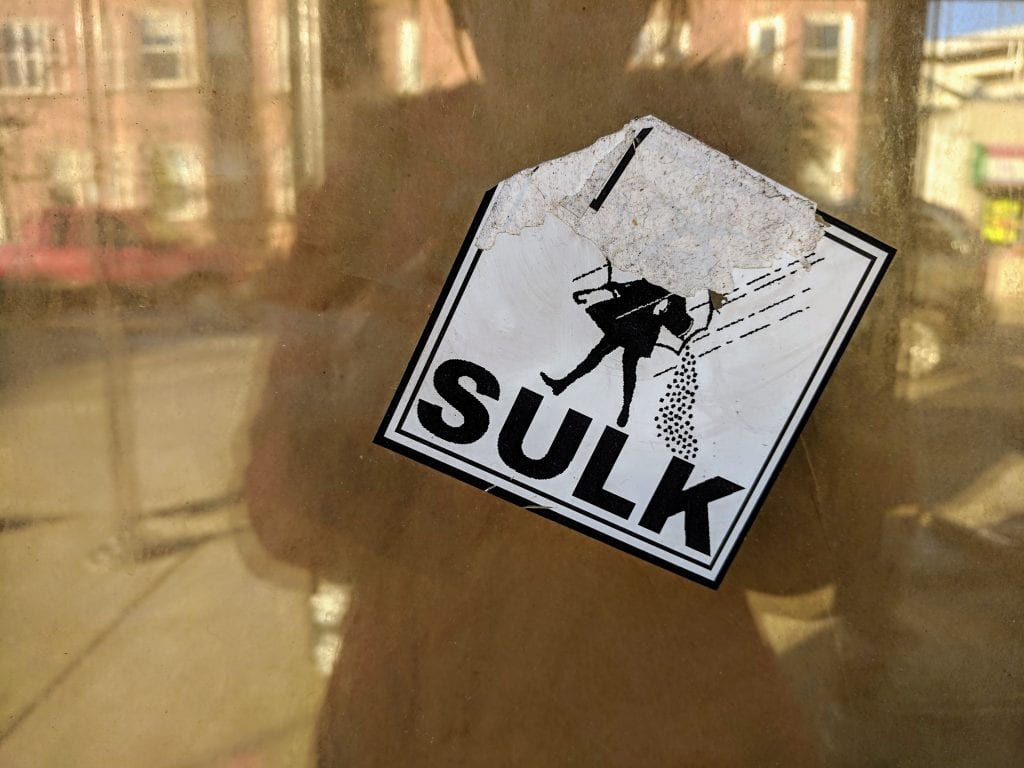
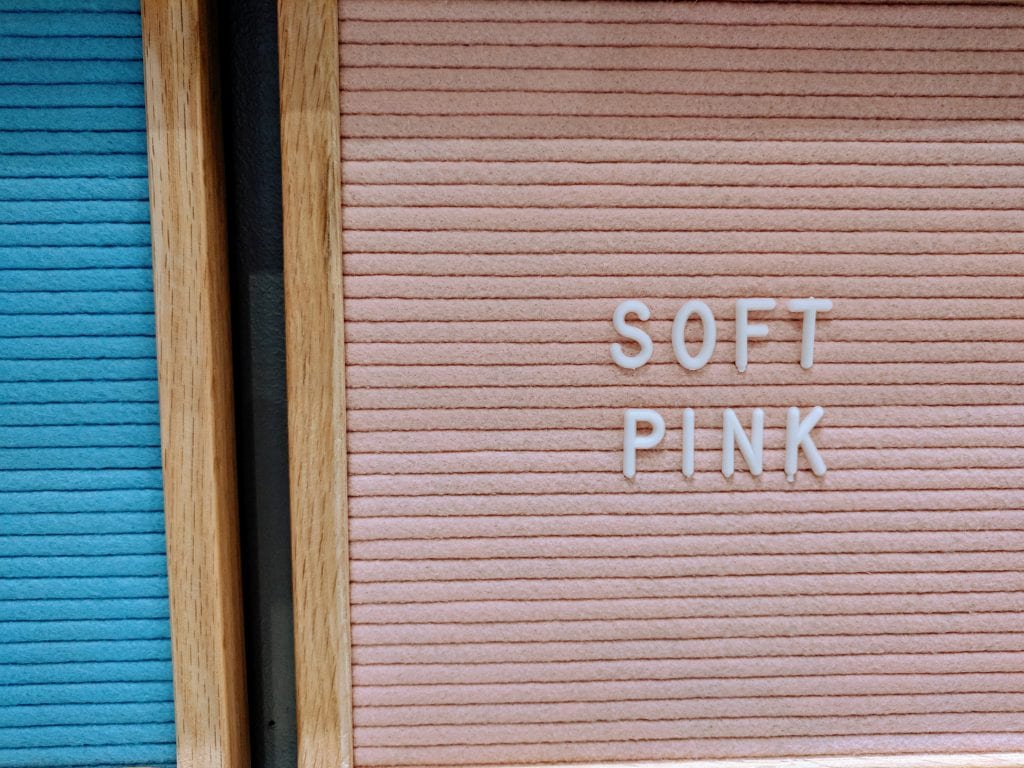
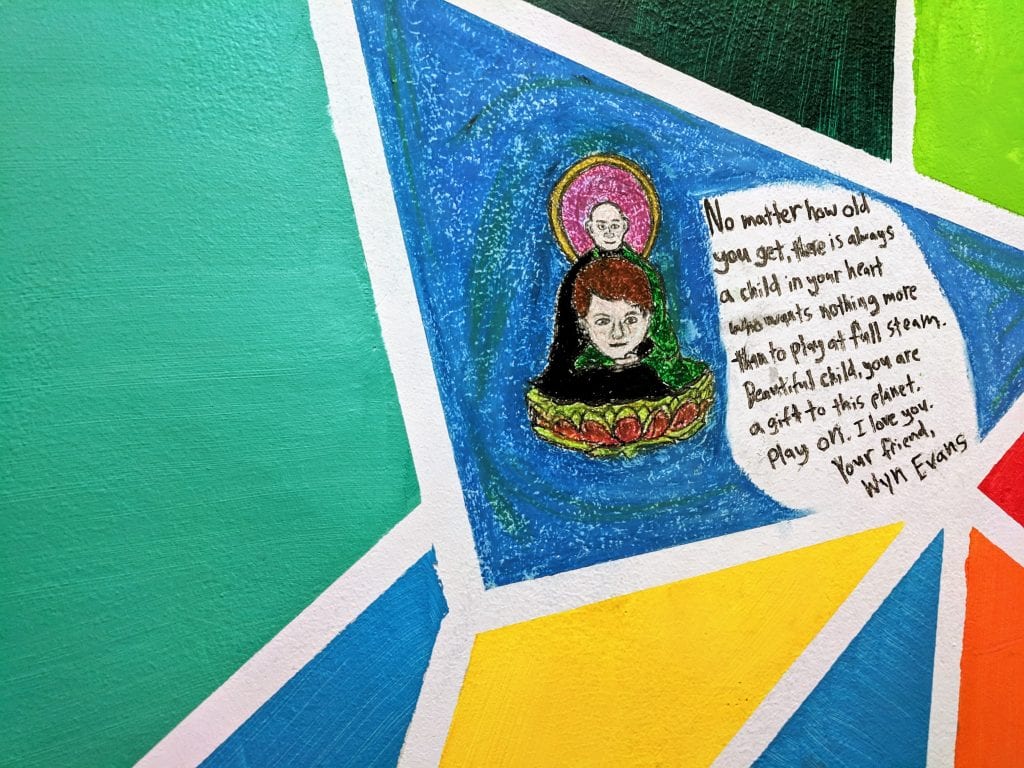
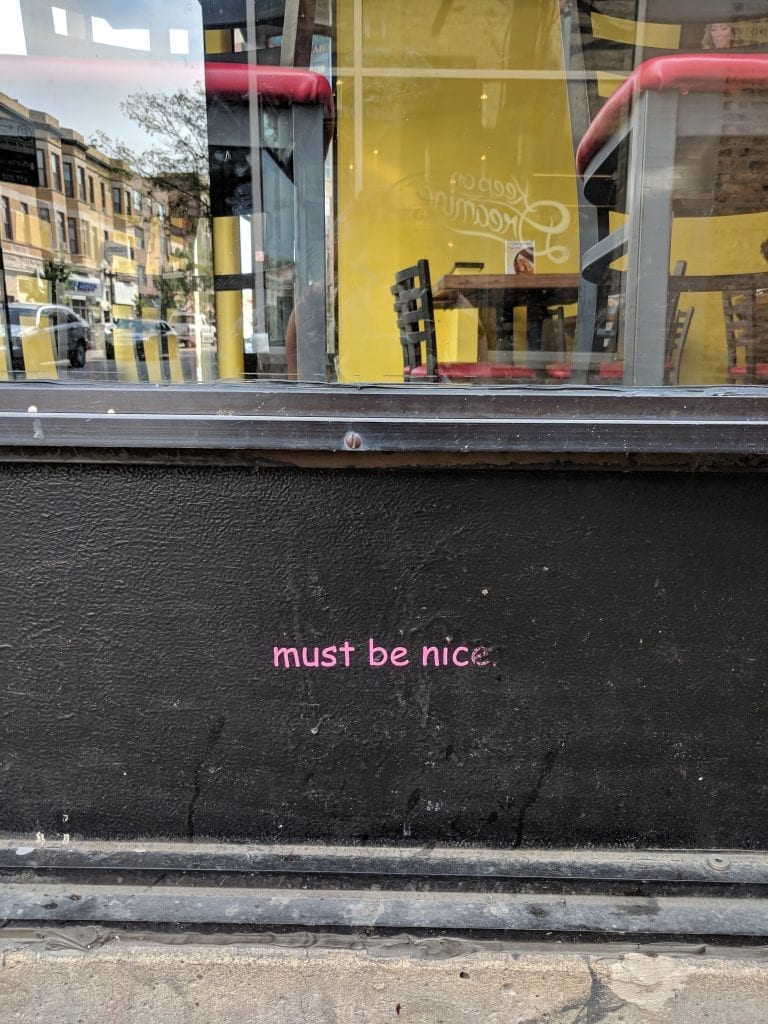
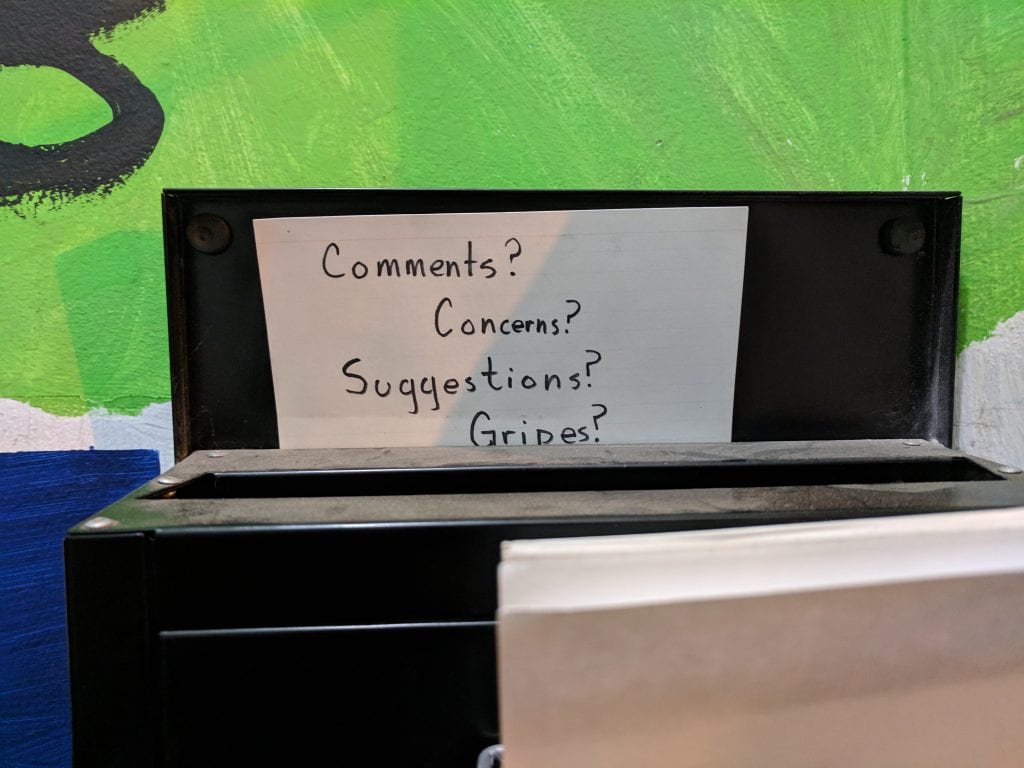
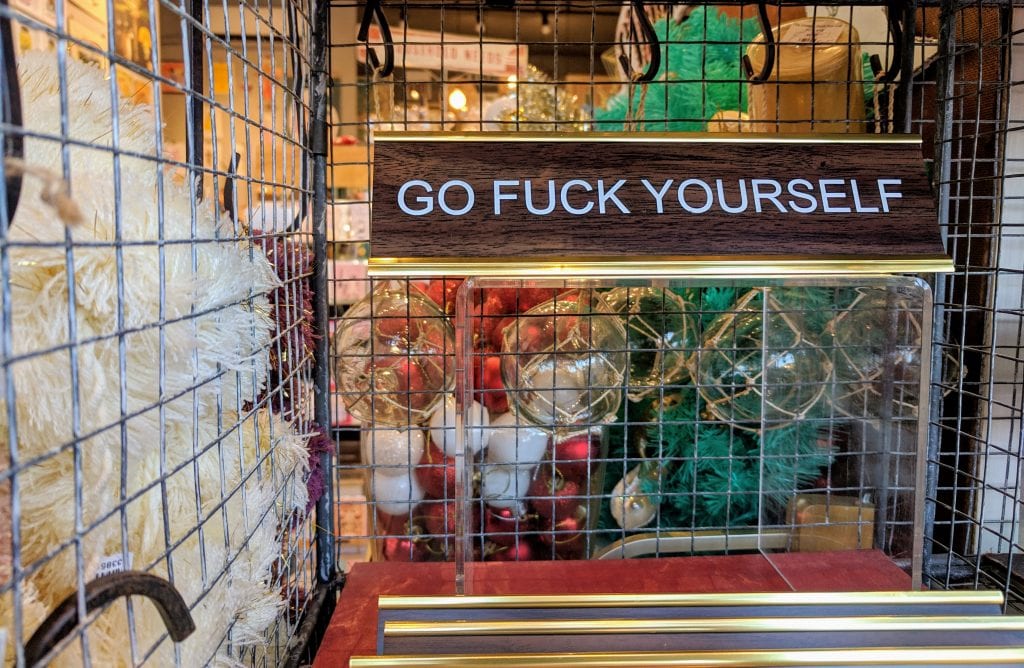
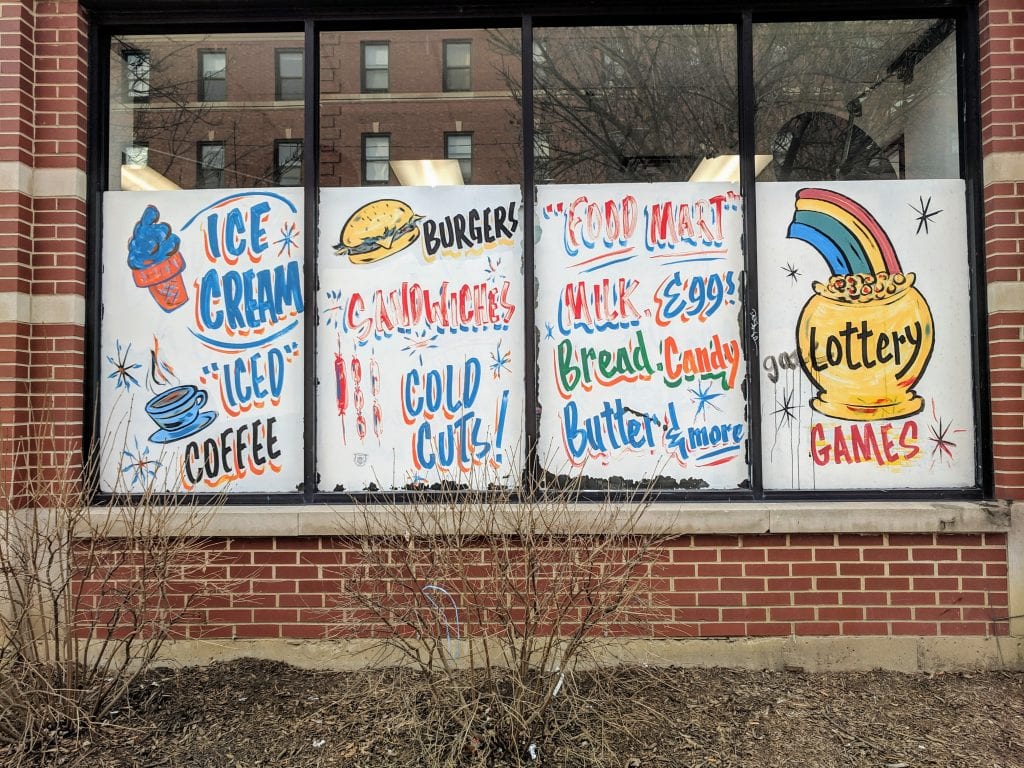
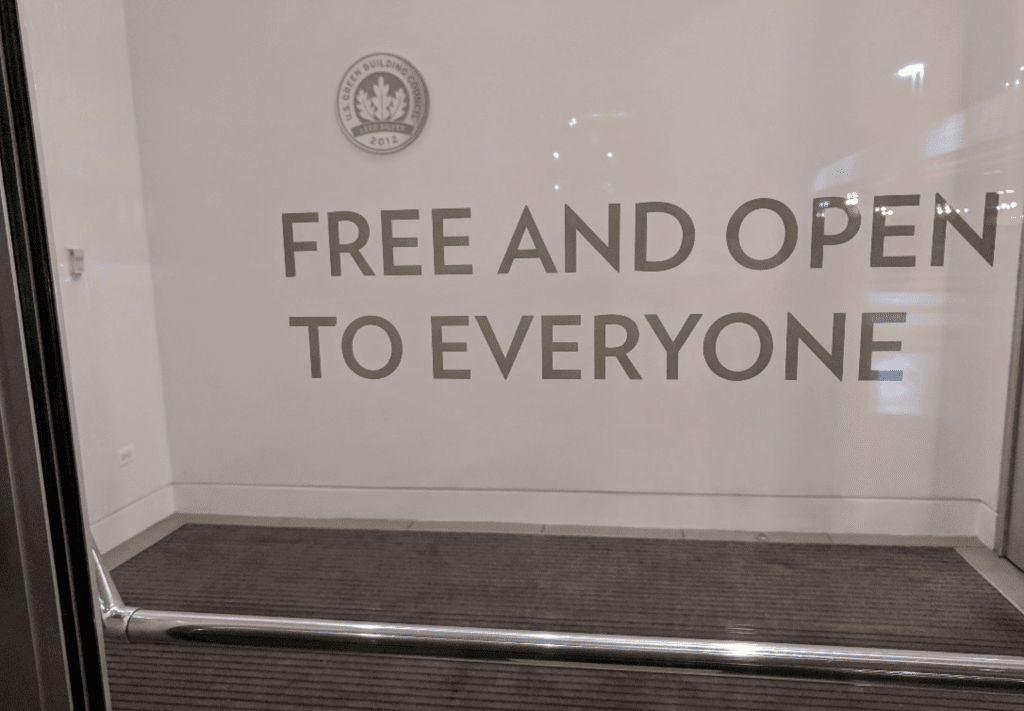
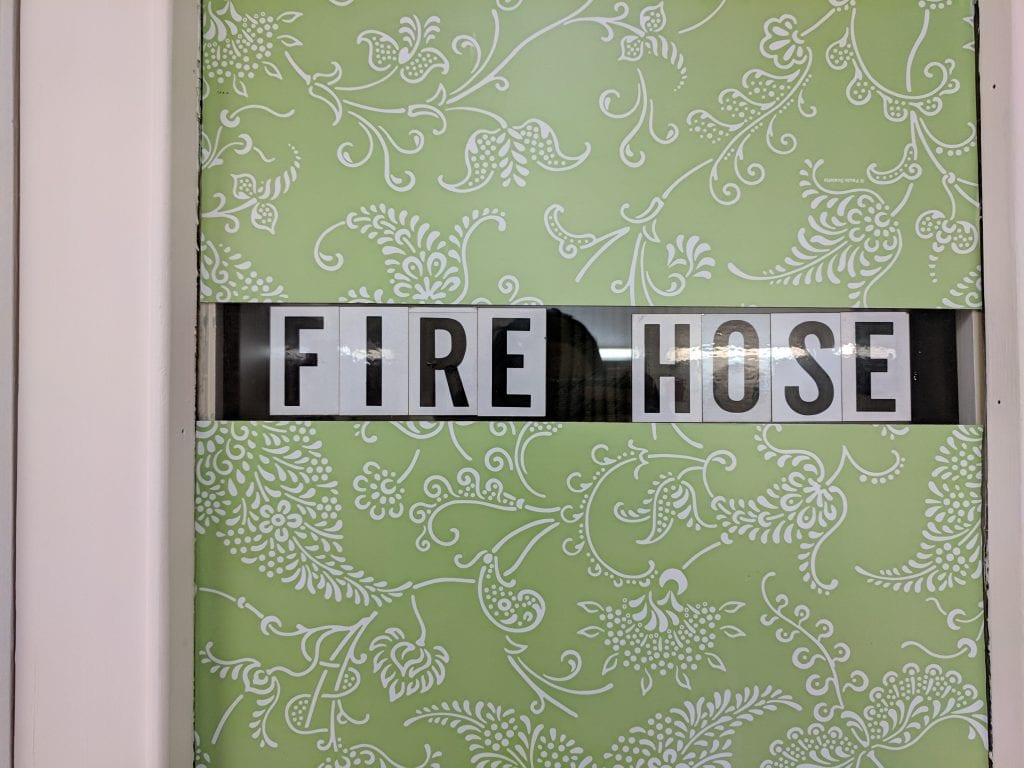
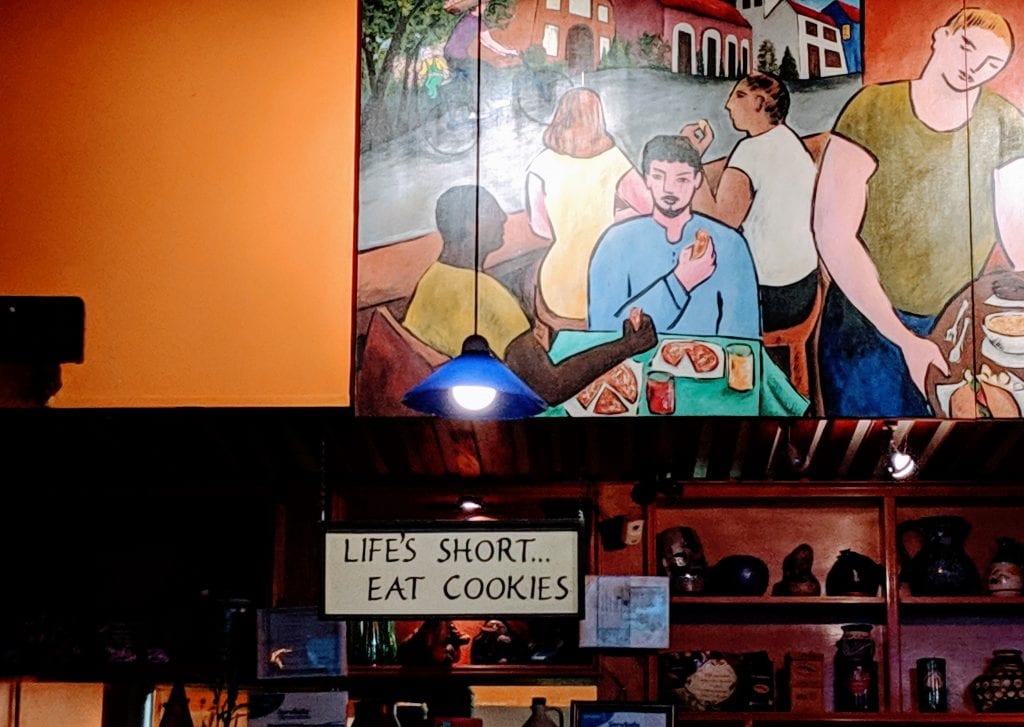
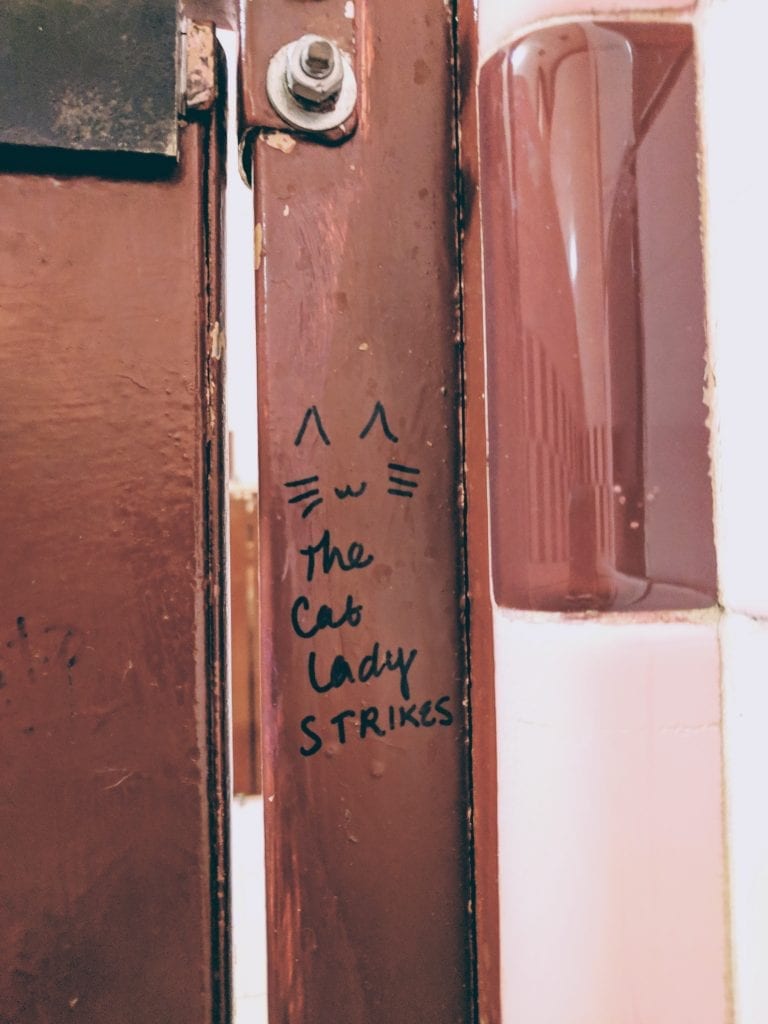

A goodie from the one and only Ira Glass.
Just. Keep. Working.
Even when your output sucks. Because it’s going to suck. For a long time.
“Nobody tells this to people who are beginners, I wish somebody had told this to me: all of us who do creative work, we get into it because we have good taste. But there’s, like, this gap. For the first couple years that you’re making stuff, what you’re making isn’t so good. It’s not that great. It’s trying to be good. It has ambition to be good. But it’s not that good. But your taste, the thing that got you into the game, is still killer. Your taste is good enough that you can tell that what you’re making is kind of a disappointment to you. You know what I mean? A lot of people never get past that phase. A lot of people, at that point, they quit. The thing I just would like to say to you with all my heart is that most everybody I know who does interesting creative work, they went through a phase of years where they had really good taste and they could tell what they were making wasn’t as good as they wanted it to be. They knew it fell short. It didn’t have the special thing that we want it to have. And, the thing I’ll say to you, is everybody goes through that. And for you to go through it, if you’re going through it right now, if you’re just getting out of that phase, you gotta know that’s totally normal and the most important possible thing you could do is do a lot of work. Do a huge volume of work. Put yourself on a deadline so that every week or every month you know you’re going to finish one story. Because it’s only by actually going through a volume of work that you’re actually going to catch up and close that gap, and the work you’re making will be as good as your ambitions. It takes a while. It’s gonna take you a while. It’s normal to take a while. You just have to fight your way through that.
OK?”
Ira Glass
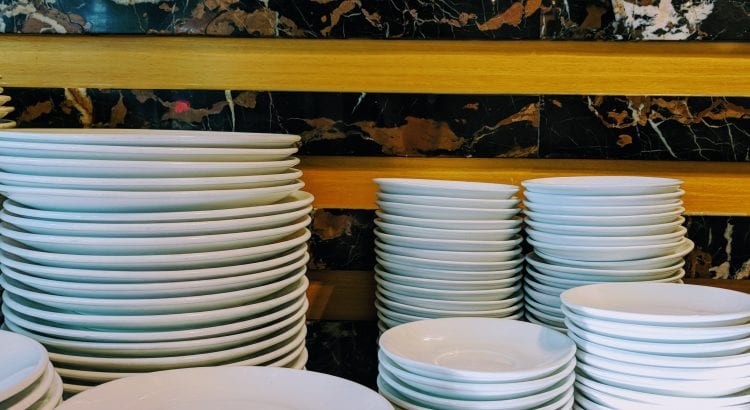
It’s 4 p.m. on New Year’s Day. We’ve done nothing but watch TV in bed, eat in bed, read in bed, play video games in bed, anything that didn’t require us to leave the bed. Really, it’s the perfect start to a year in which I hope to slow down and allow myself a little more time doing exactly this kind of nothing.
This lounging has an unintended consequence, however.
We’re watching something forgettable on TV as Justin rubs my back. Both of our eyes are glazing over as his hand grazes a spot on my lower left side. This sloping hill is home to one lone hair that sprouts like a bamboo stalk in a pool of milk. It’s one of those hairs that seems to grow to its full size overnight.
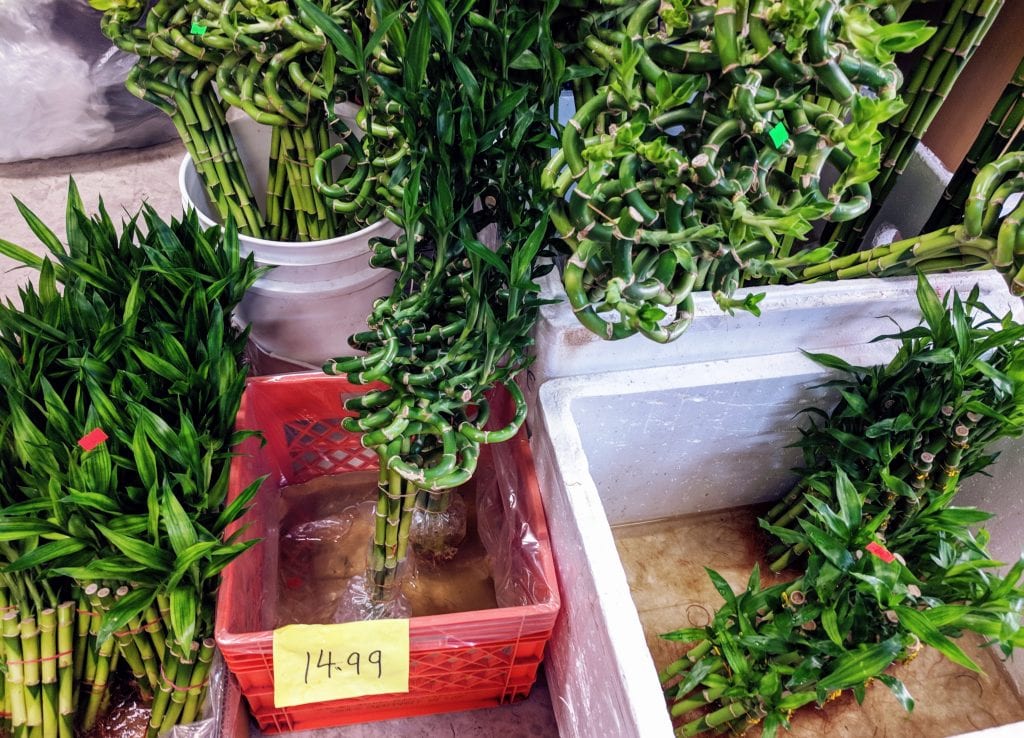
“Did you know you have a back hair? Like… one back hair?” Justin asks, laughing and using his fingers to seek out the thick strand’s exact location.
Oh boy, we’re both awake now. My cheeks start to flush. Then I remember it’s just Justin. (And then, later of course, it’s just a body. Just a back, a hair, an aging exterior, healthy.)
“Haven’t I told you about that before?” I say. As my instinctual insecurity unhitches, I giggle at the thought of it chilling all by itself back there. “It started growing about a year ago. I shave it.”
This sends him rolling off the bed in laughter. Literally, he falls off. Amused, I try to reach back and find the hair. It’s obviously been a while since I shaved it—I could weave a poncho with this thing.
Justin goes to the bathroom and comes back with tweezers. I lay on my belly as he plucks the lonely thing right off my back.
We inspect it together, like one does a popped zit or a tissue your nose (or whatever) just desecrated. We both determine it is thinner than it felt root-deep in the dermis, but where it lacks in girth it makes up for in length. Overall, a very impressive performance by one hair gone wild!
Next, I roll over on my back and ask Justin to do the same for the lone hair that similarly sprouts out of my chin. I’m better at shaving this one more regularly.
We giggle at each other as he lets it rip.
OK, but so these dumplings.
Intimate back and chin two-hair plucking comprised New Year’s. Chinatown dumplings *made* our Christmas Day.
This was the first year Justin and I stayed in Chicago for the winter holidays. Partly because we were so over traveling by that point in the year and didn’t want to spend 12 hours in the car again. And partly because we were hoping to purchase a condo over the holidays and wanted to be around to vulture something up if it came on the market.
We didn’t. Purchase a condo. But what we did establish a new Chicago Christmas tradition: Dumplings for dinner at Qing Xiang Yuan.
Best. Dumplings. Ever.
Take it from me. Or “Check Please!” if ya nasty.
I had recently eaten at QXY with a dear friend. She ordered for our whole party. Don’t you love when that happens? I do. Going to a restaurant with someone who knows where all the hidden menu gems (and, in this case, wood ear mushrooms) are buried is the BEST.
Her recommendations are now mine: Try the spicy shredded seaweed salad with chili pepper, flavorful wood ear mushroom salad (don’t look at the pictures, just do it), and grilled lamb kebab for starters. Then go straight to the dumplings. Your server can tell you which style (steamed, boiled, or fried) would be the most tasty for your combination. Order a bunch. They go fast.
On Christmas Day, we tried the pork and cabbage boiled and the beef and coriander steamed (yessss! definitely thisssss!). So delicious. So fun to eat. I love plucking them out of their little baskets, where they’re presented and unveiled together.
Like little stockings stuffed with care.
This is the only photo I took on Christmas:
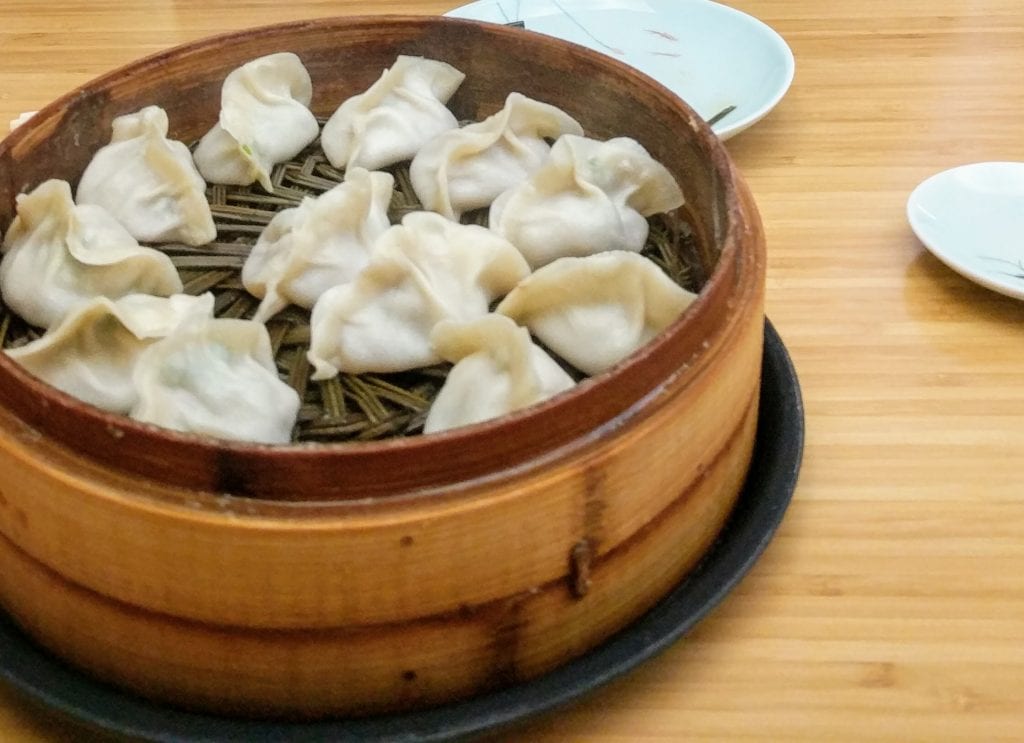
I think one pic is review enough: I was too busy stuffing my face to take any more. But, Chinatown is really cool and I’d be remiss not to give you pictures from other visits we’ve taken there. Chinatown is a visual feast as much as it is a culinary one. Enjoy.

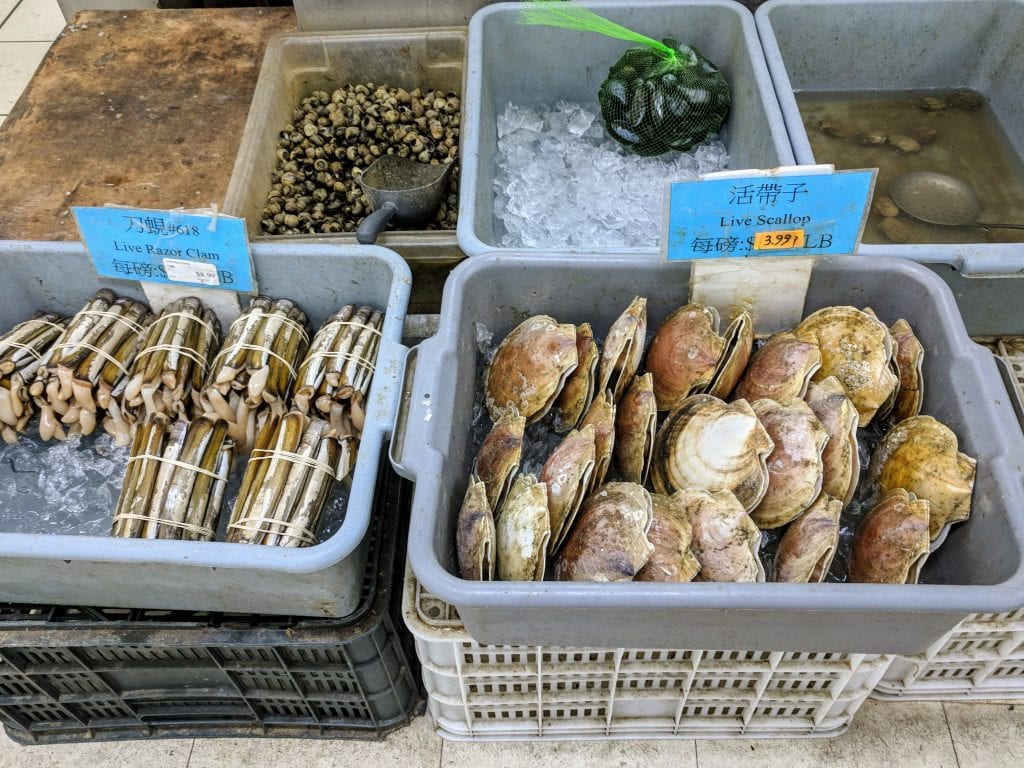
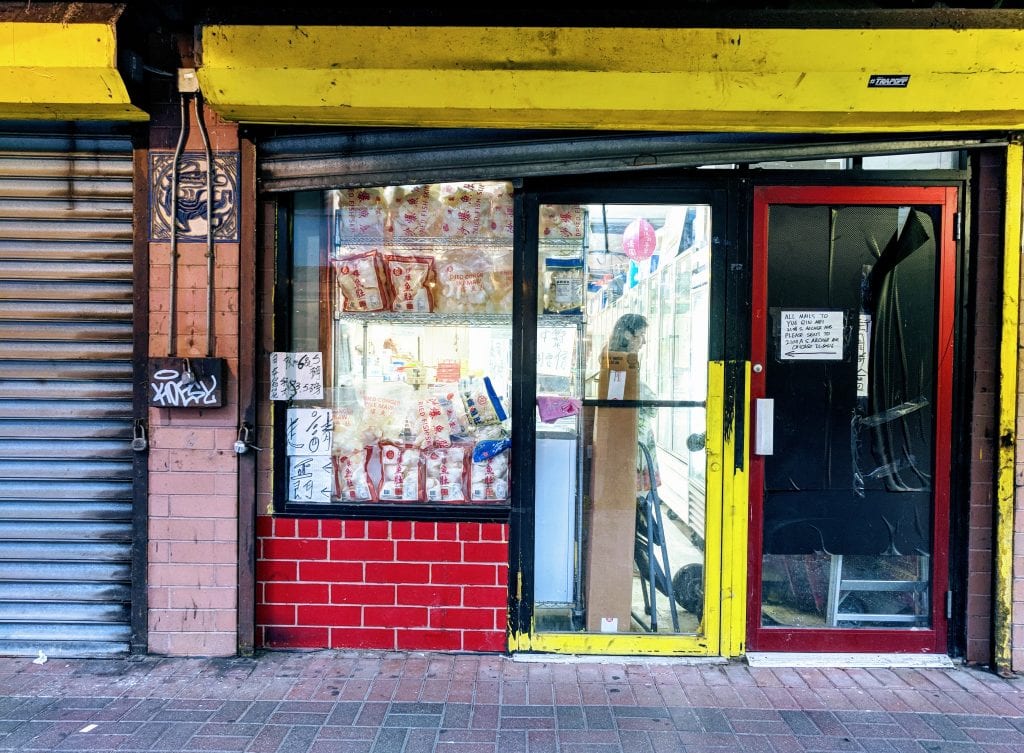
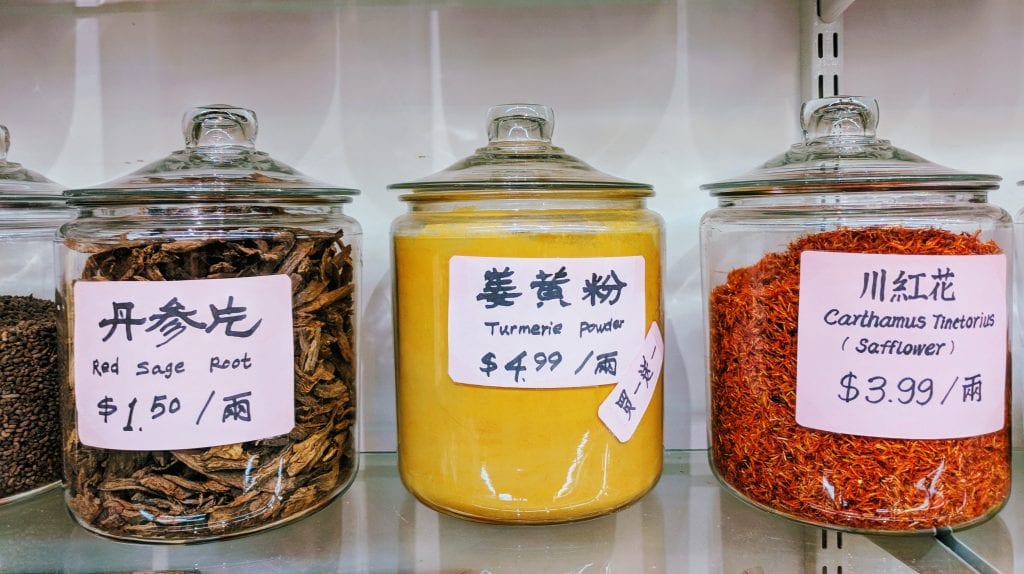


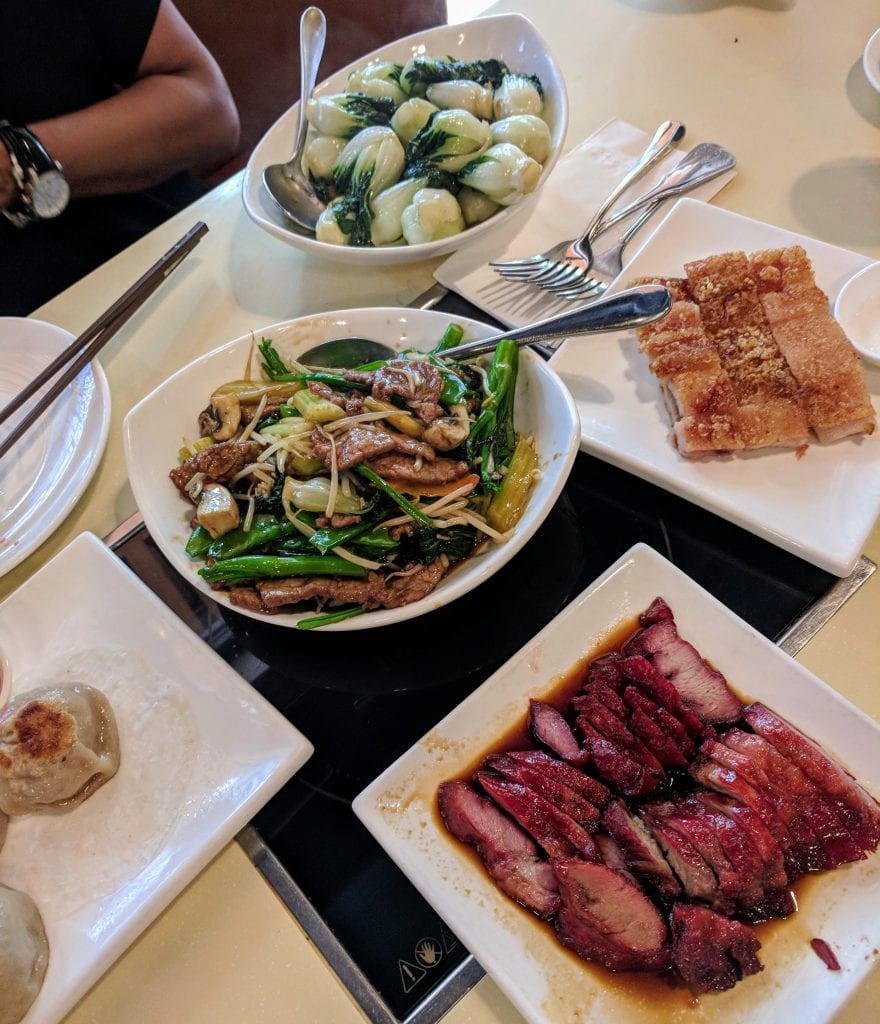
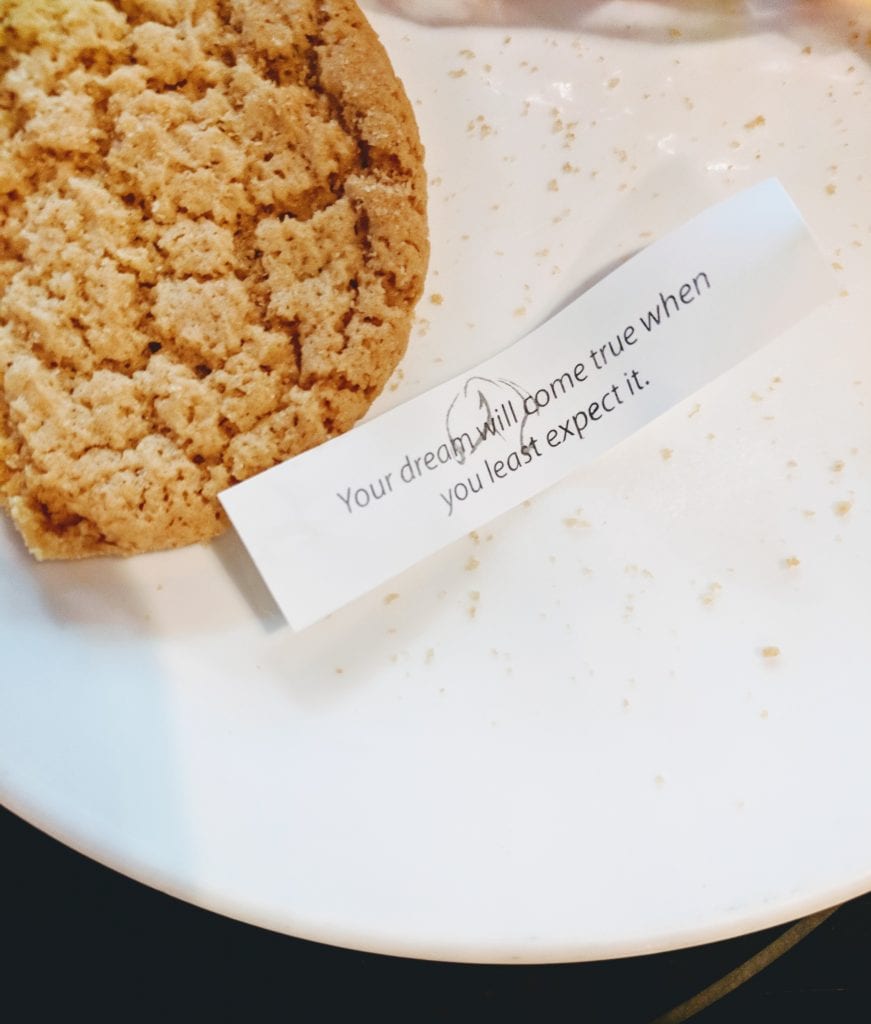


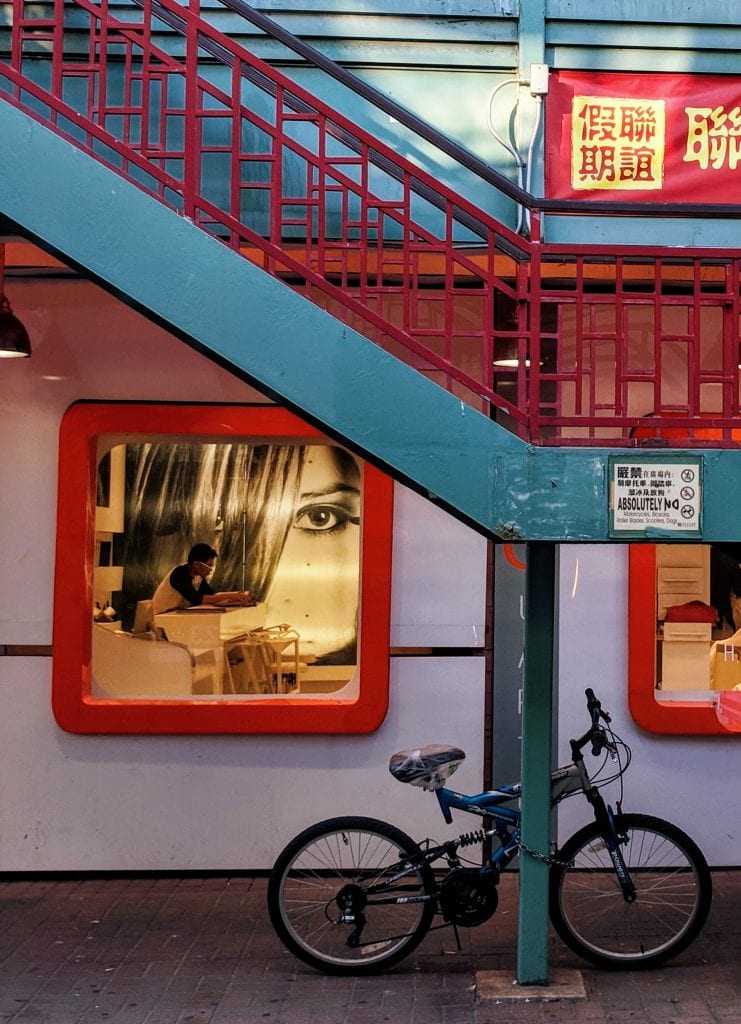
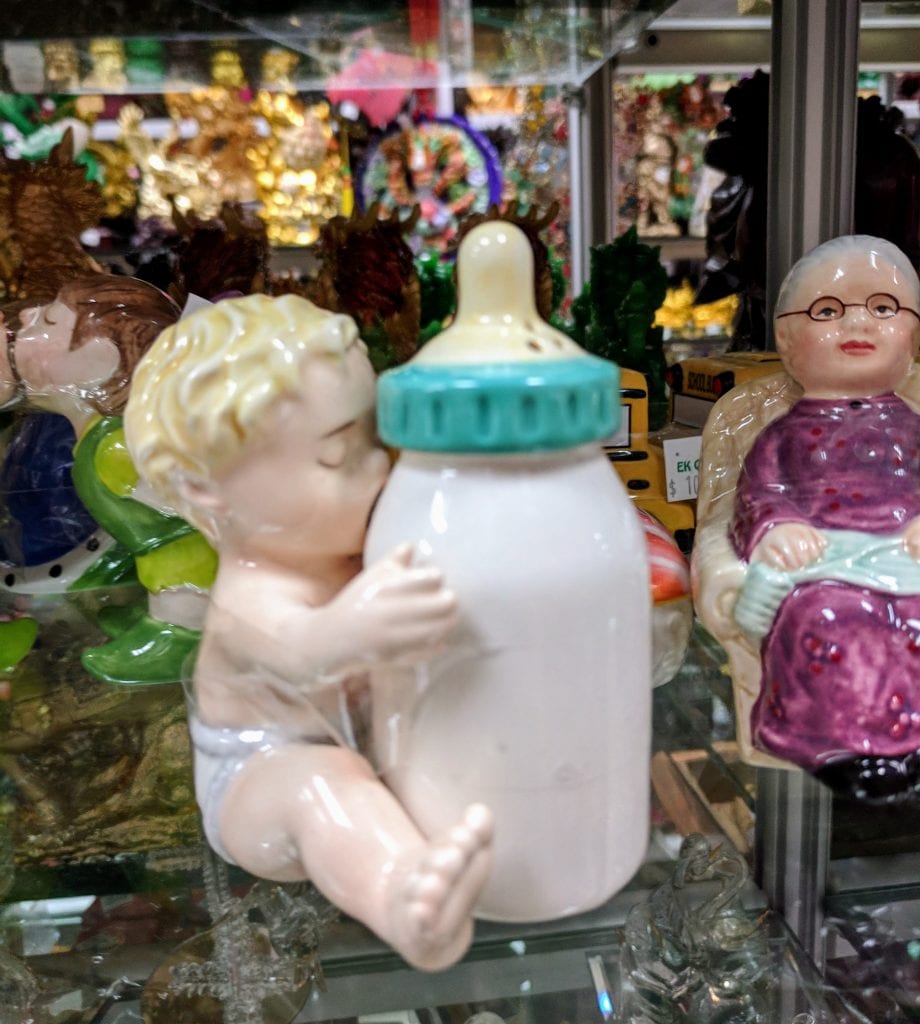
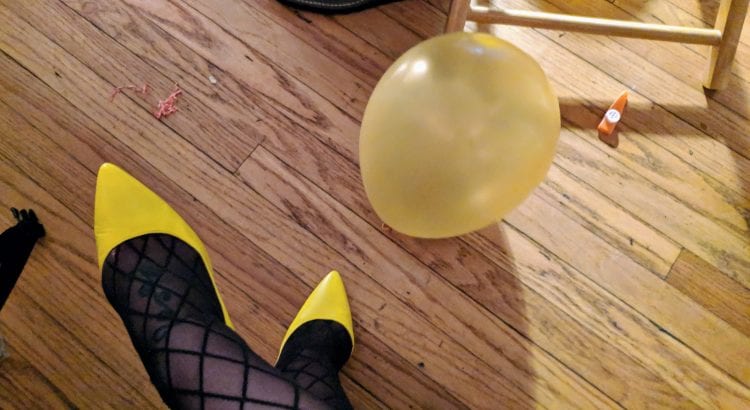
I played basketball as a kid/ teenager. Point guard. Fast. Short. Five feet, two inches powered by a burgeoning rage the color of crimson and those little caramel apple suckers.
That is to say: I was a terrible shooter and unreliable athlete, but I was aggressive and determined as fuck, which often went unsuspected by new opponents. I could steal the ball then pass it to someone actually competent at the actual/ main/ most important objective of the game. I’d steal. My teammate would score.
At some middle-school point, though, I must not have been passing enough. My coach, frustrated by my inability to look at anything other than the ball when I was dribbling it—thus missing wide-open teammates who were posted-up undefended directly beneath the basket—had me spend an entire two-hour practice doing drills where I had to dribble with my head up, eyes forward.
That’s exactly what she said.
“Head up, eyes forward, Mantey.”
Over and over again I heard this shouted toward my solitary dribbling practice station. “Head up, eyes forward” rose up above the startling gunshot squeak of sneakers doing suicide drills and basketballs bricking off the backboard (we were, mind you, new to this thing called the three-point shot).
Head up, eyes forward. It seemed so simple a directive. But insecurity mixed with an encroaching need to feel in control of an increasingly uncontrollable teenage body/ mind, kept me turning my face back to the ball. I just wanted to make sure… make sure it was going to bounce back and forth from hardwood to hand… make sure it was still mine, still there, and nobody stole it.
At some point, my coach stopped me and, with head up, eyes forward, I watched her tell me something that has been bouncing up and down in me ever since.
“You have to trust that the ball will come back to you. You have to trust that better results are coming when you keep your head up, eyes forward. There’s no point in having the ball if you’re not going to risk doing something with it. Stop just looking at it.”
I am drawn to the notion of setting a “word” intention for the year instead of a specific annual goal. Specificity, I think, is more effective when it’s applied on a quarterly or monthly basis.
I’ve chosen two word intentions for 2019, one of which is “Focus.” I want to focus on being present with my loved ones; focus the content and tone of my writing; focus my professional work and be more selective in what I take on and why; focus on the shit that really matters to me because, I think, maybe, I’ve finally got the bronze framework of that hammered out into a shape I really like.
Breaking “Focus” down is easy.
“One hour of writing each morning.”
“No phone when Justin and I eat dinner together.”
Etc.
The other word I’ve picked for 2019 is “Trust.” That’s a little trickier to break down.
How do we “Trust” when we know we might not win?
10. The truth may set you free, but vulnerability will give you the truth.
9. Assume positive intent of those you love, and you will get what you except.
8. Letting go can have surprisingly positive consequences.
7. Ball hogs are never heroes because their arrogance is so obviously fear.
6. Play small, feel small.
5. A game is not a game without the buzzer. A life is not a life without death.
4. But you can always go get the ball back while you’re here.
3. You have been preparing for this very moment your whole life.
2. You are exactly where you need to be.
1. Head up, eyes forward.
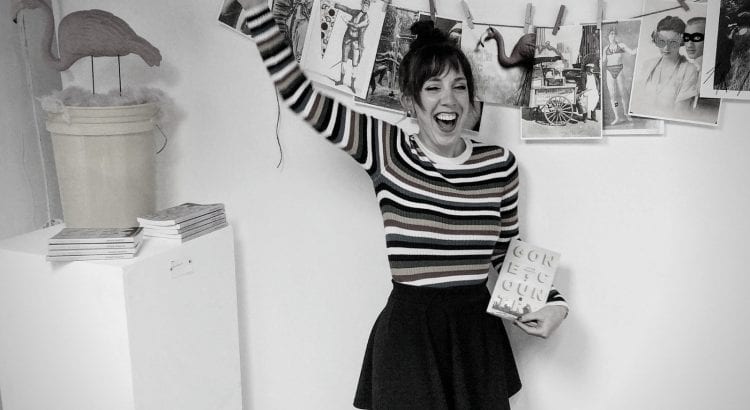
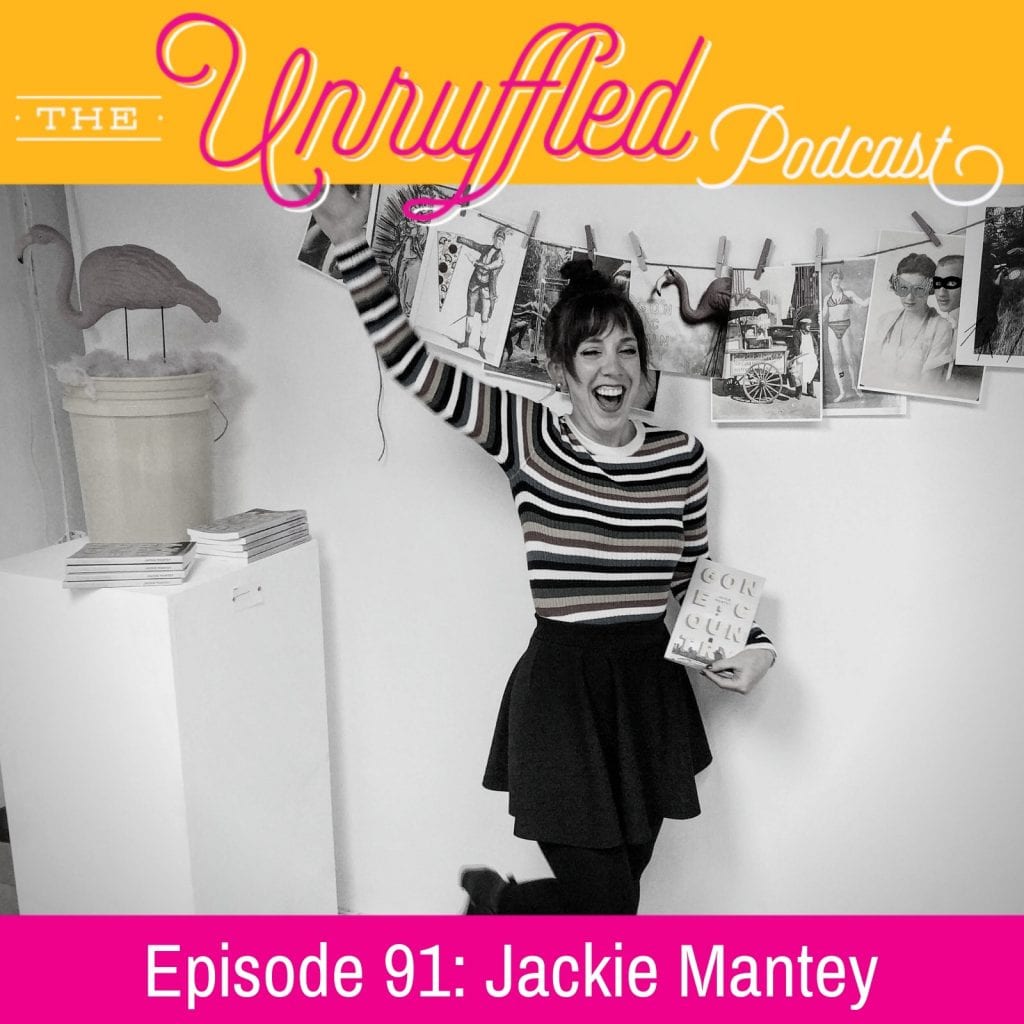
2018 has been my favorite one yet! And one of its biggest moments was my gallery exhibition in September.
I finally started making the embroideries for “Gone, Country” (after, like, a year of talking about it as if I had already started…ha!…) the same month I quit drinking in 2016. I didn’t/ couldn’t allow myself to realize it at the time, but that embroidery work became a physical representation of what I was trying to make happen in my life.
It required humility and fearlessness to just make something, the same way it required humility and fearlessness to make such a huge change. I punched designs into paper one needle-hole at a time, the same way I didn’t drink one day at a time. I made those small incremental holes in the darkness of an image, the same way I slowly began bringing light to parts of myself I had long been avoiding.
Taking time to make an embroidery gave me something to do with my hands while I simultaneously took on the terrifying business of learning to talk to myself in a new way; it took the pressure off. It also proved to myself that I wasn’t just someone who talked about her dreams. I had the courage to try. And, in the meantime, I made some cool shit.
Creativity was means/space/outlet for healing. I recently spoke about this process to the awesome women of The Unruffled Podcast. It’s such an honor to be included in their interviews, and I am thankful for their efforts to create a community for women to talk about these experiences of making art while making a more compassionate way of life. (If you’re interested in creativity and overcoming the nonsense we put in between ourselves and our greatest potential, I highly recommend adding Unruffled Podcast to your pod roll!)
Here’s my episode! I love that it’s the last one for the year. I hope to embrace 2019. To keep getting better, braver, kinder, stiller.
Sending you all so much love into the new year. Thank you for being part of my story. I hope you have THE FUCKING GREATEST 2019 EVERRRR!
P.S. / FYI: I am co-launching Zero Proof Book Club in February with my good friend Shelley Mann. We read and discuss books about sobriety, self-growth, or surviving—and then thriving—in spaces that profit when we numb ourselves, from ourselves. You can go LIKE the page now and stay tuned for more in the future. xoxo
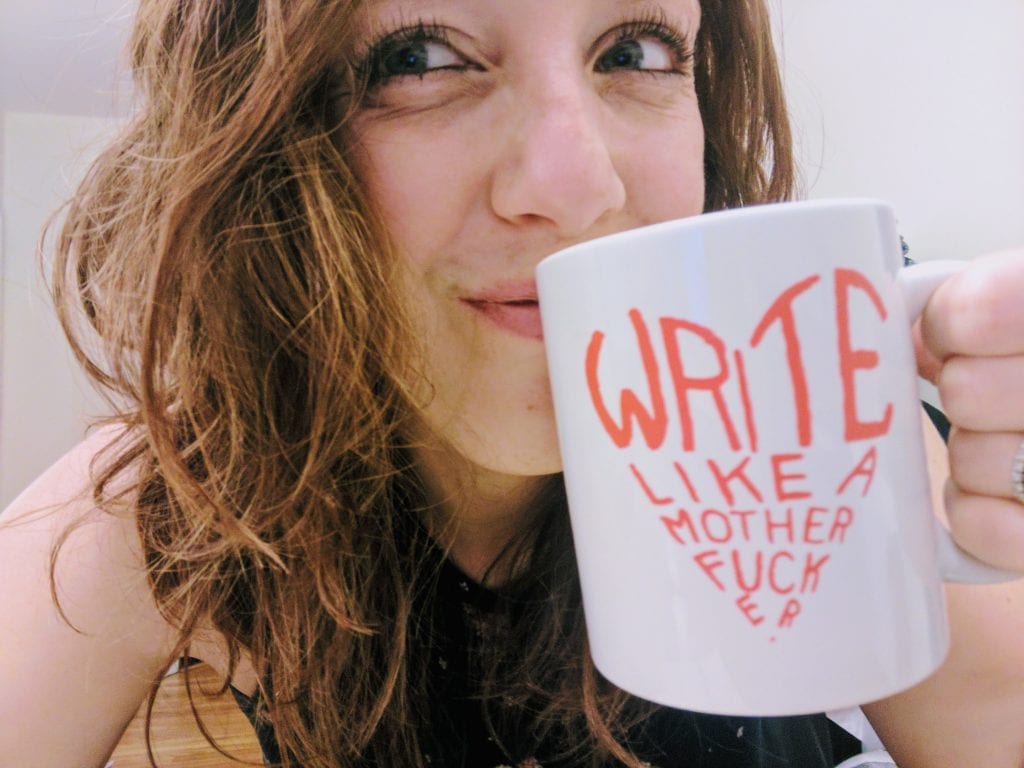
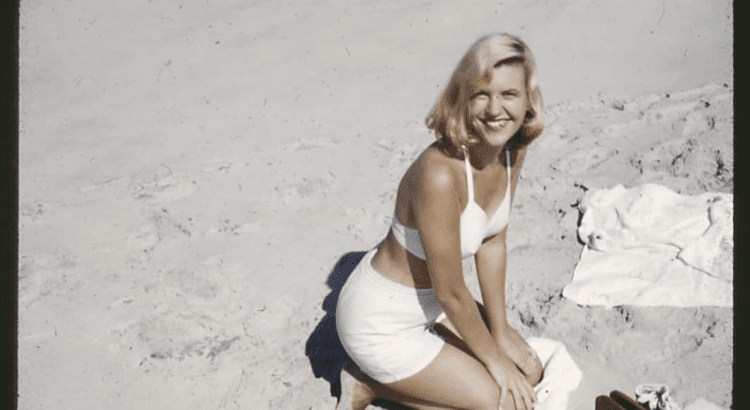
The @historycoolkids Instagram account is my new favorite thing. It’s full of rare photographs of famous people when they were young (like Sylvia Plath above).
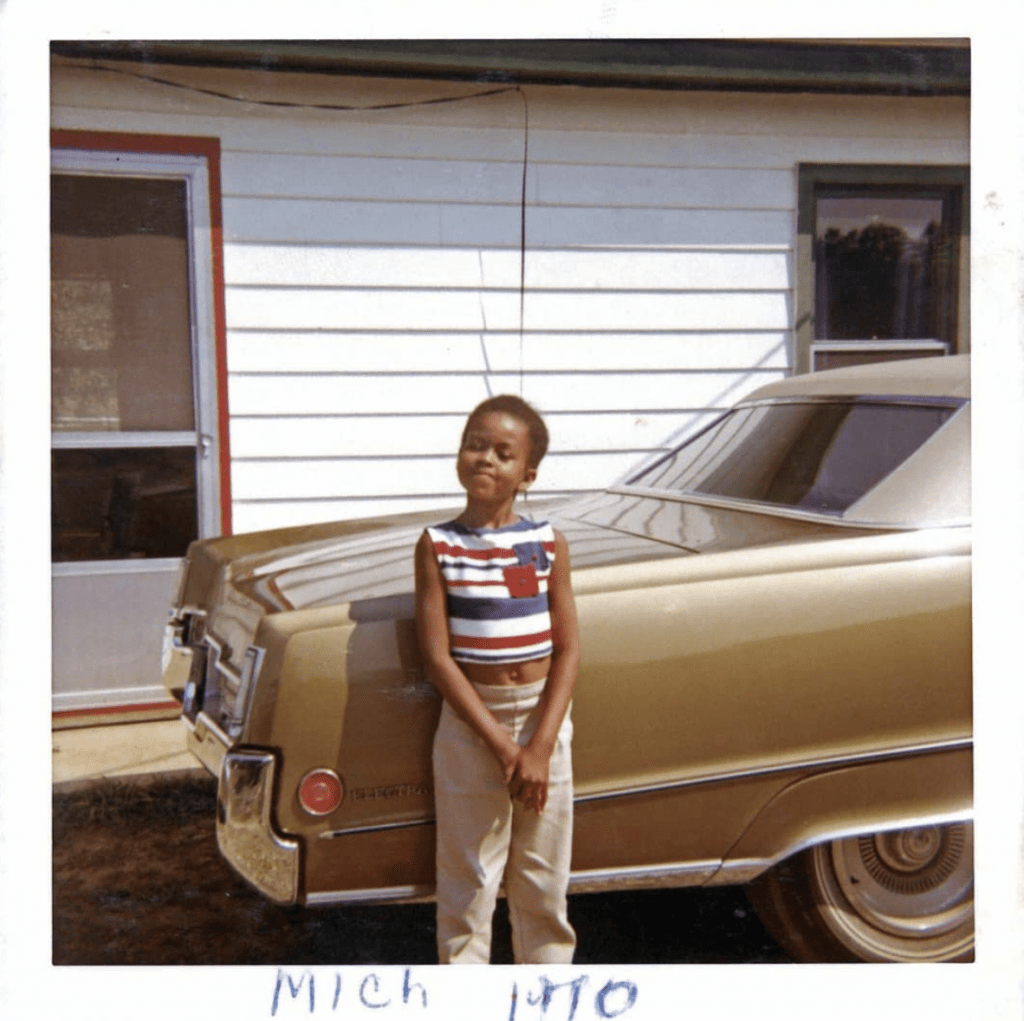
Usually accompanied by some breathtaking quote.
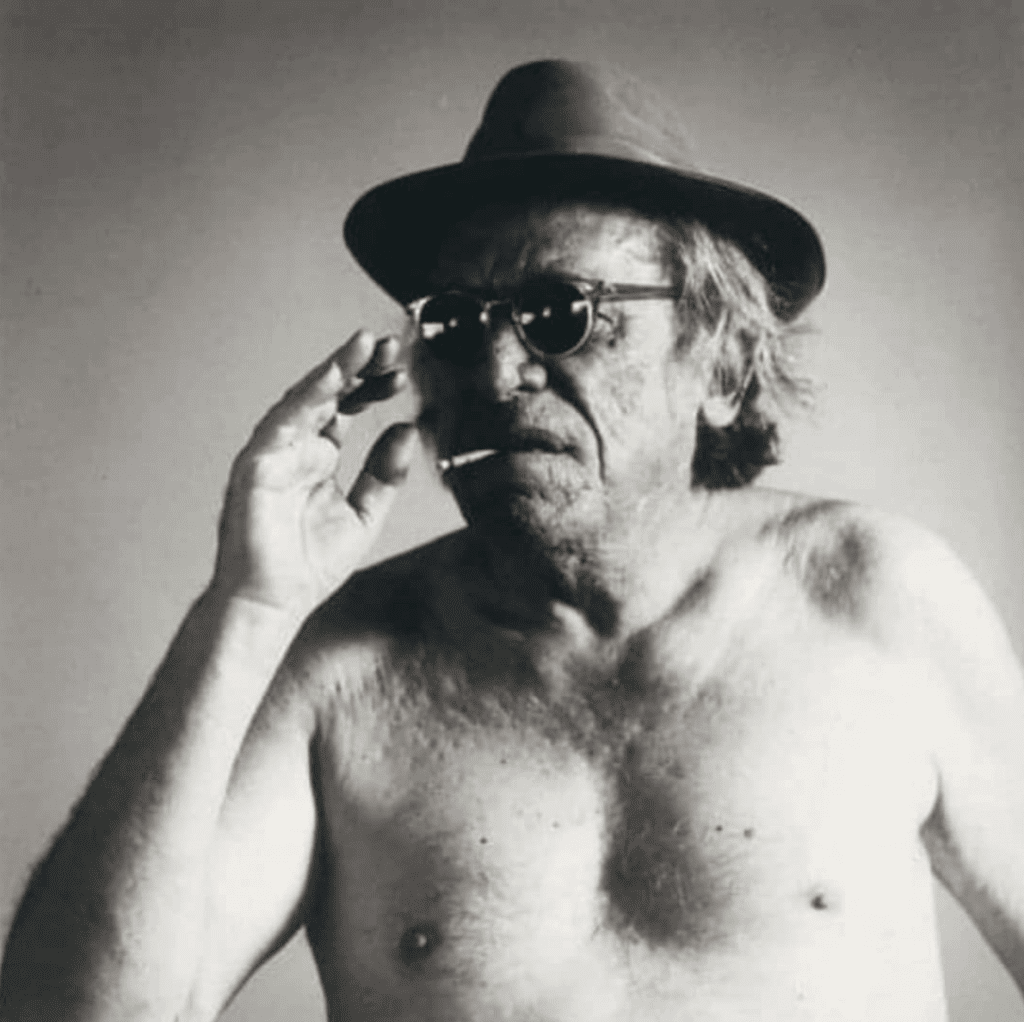
And photos of stories from not that long ago but nearly lost in time.

And they’ll just casually drop stories into your Insta feed that will make your heart stop a beat—sending it remembering, mourning, raging.
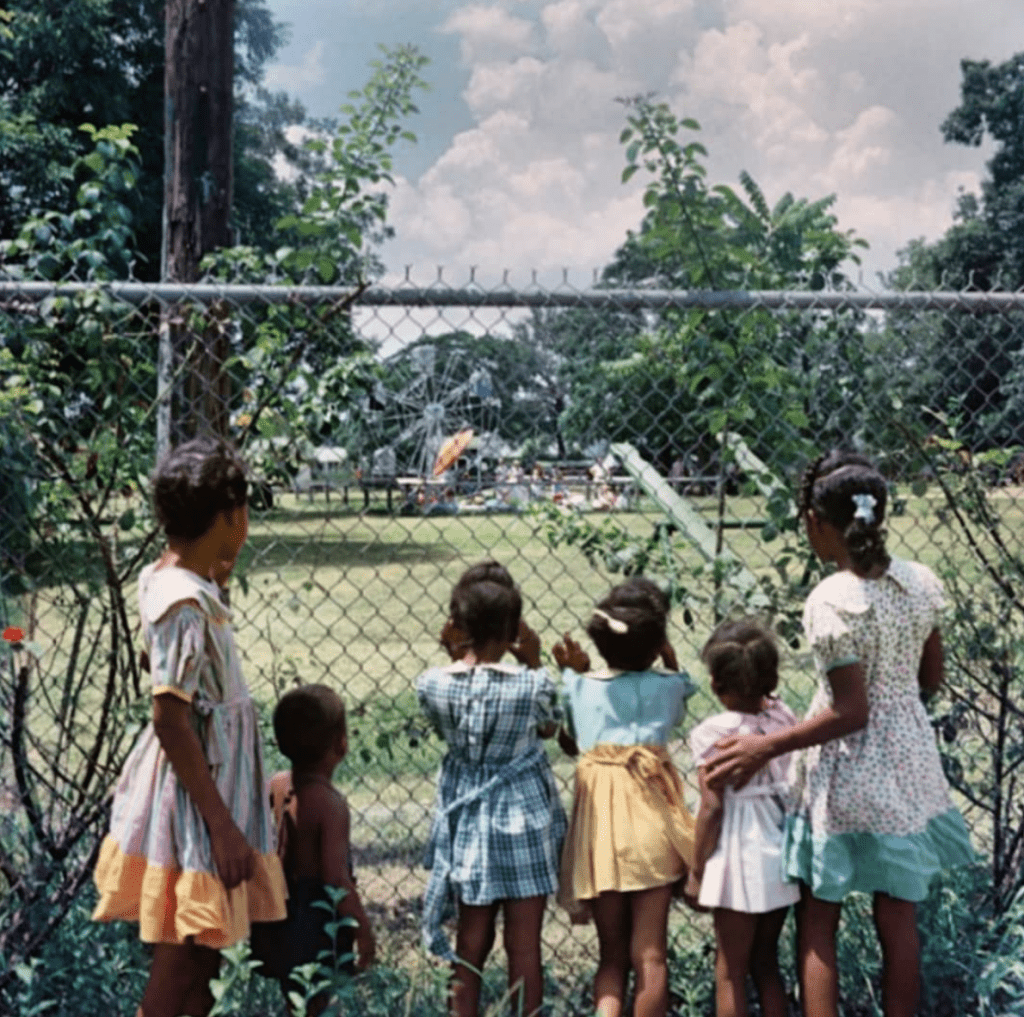
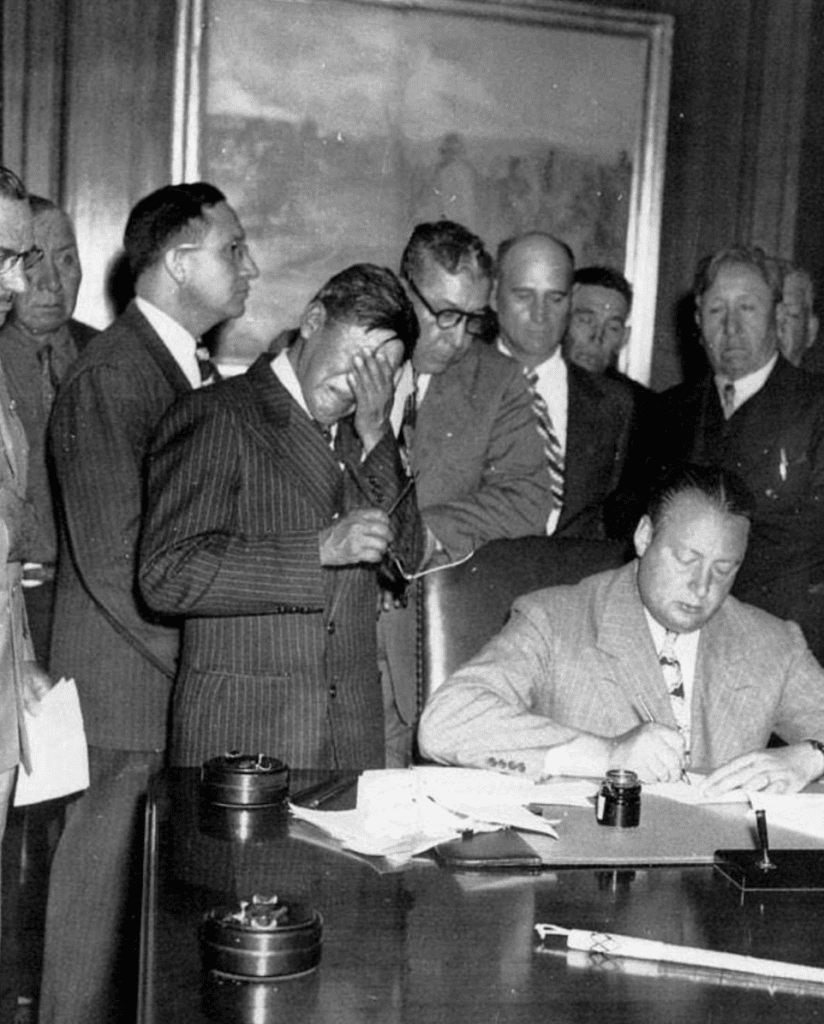
Then something that reminds you why we haven’t given up on each other…
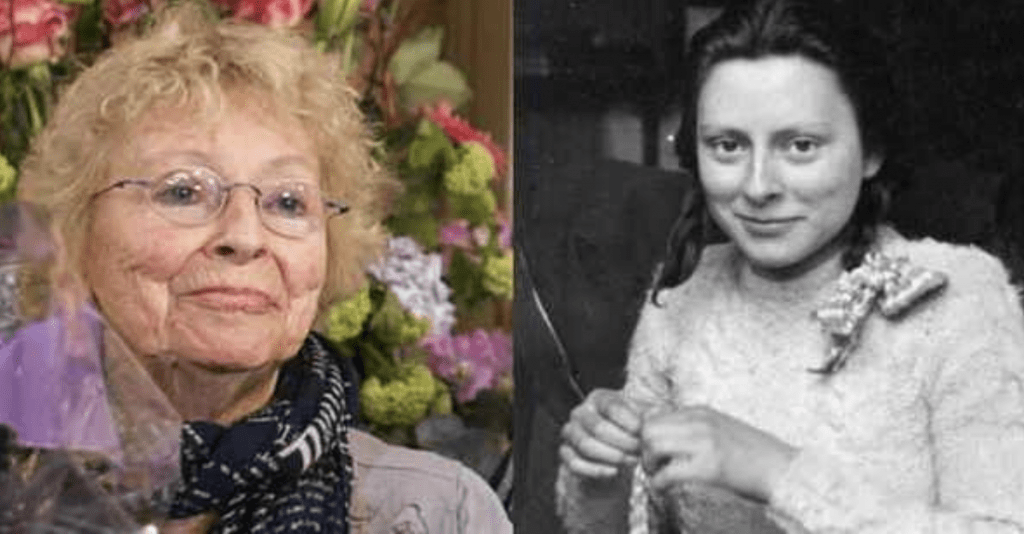
Convinced? Follow @historycoolkids on Insta here.
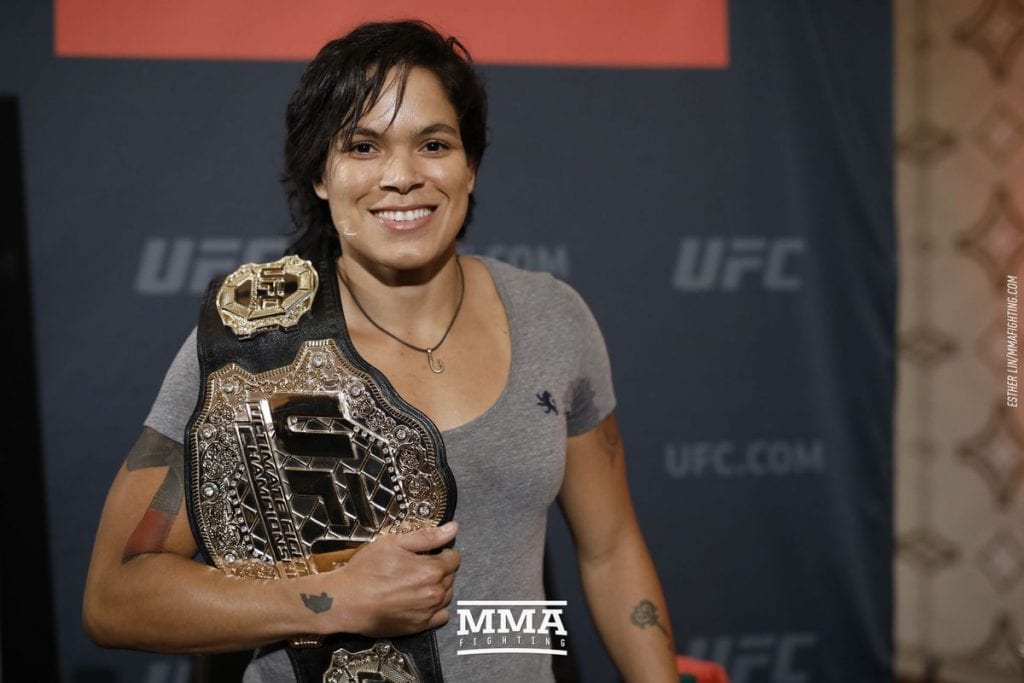
Speaking of fighters… check out Amanda Nunes. Nicknamed The Lioness, Nunes is a mixed martial artist best known for retiring Ronda Rousey in under a minute. However, girlfriend just CRUSHED Cyborg, a reigning UFC badass that competitors (understandably) seemed afraid to fight. But not Nunes. She walked into the cage on Saturday without a hint of fear in her eyes. In fact, she looked happy to be there. She knew she was going to win!
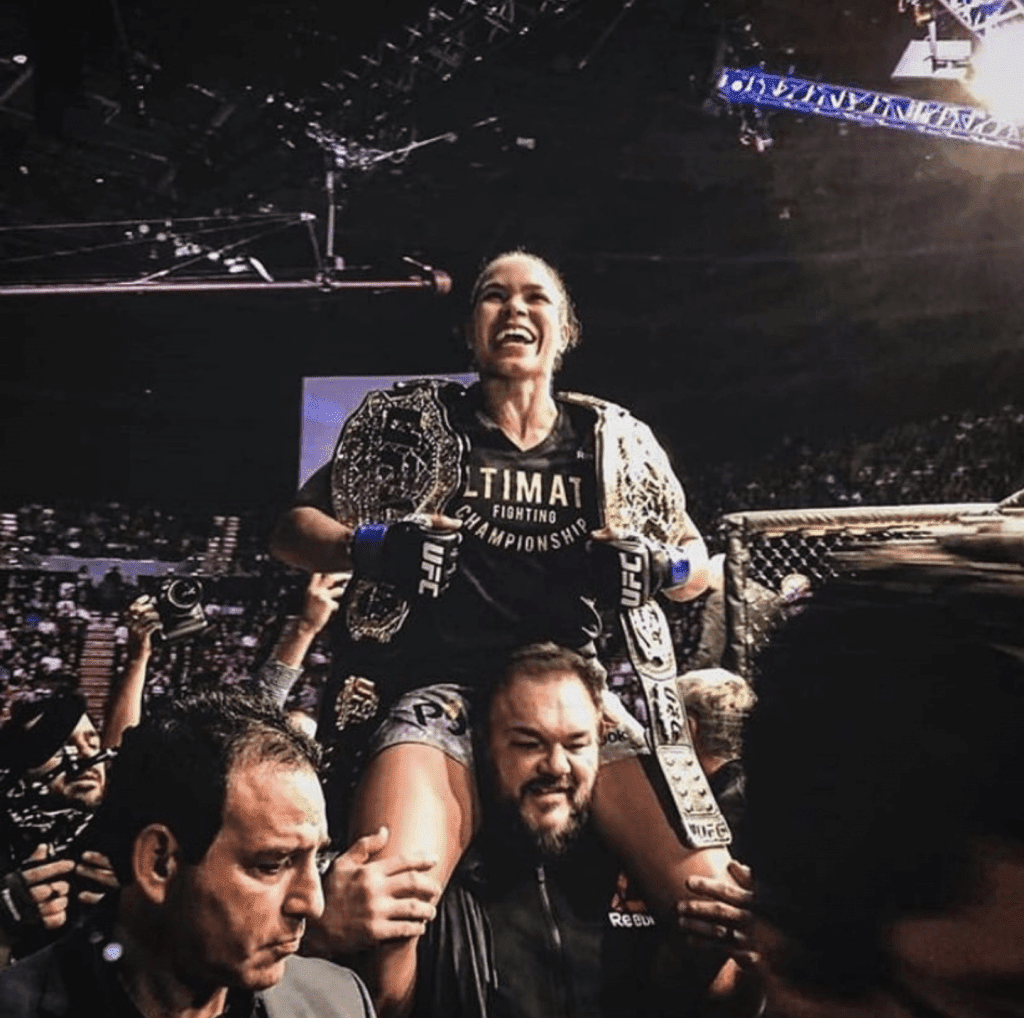
And she did. Again, in less than a minute. She’s now the first female fighter in the sport (and third fighter, regardless of gender) to simultaneously hold two titles (bantamweight and featherweight champ). Moreover, she’s an underestimated underdog who continues to prove everyone wrong. How can you not love that?
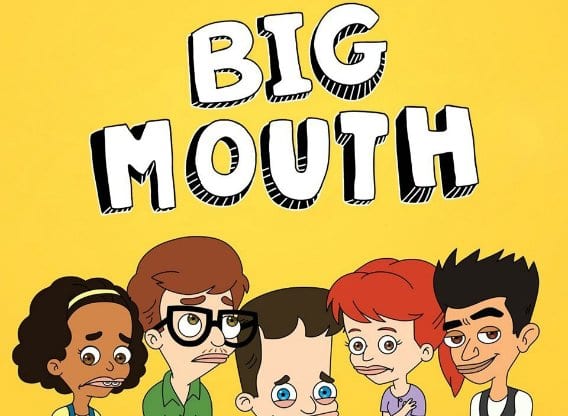
Starring the hilarious voice talents of Nick Kroll (co-creator), Fred Armisen, and the incomparable Jenny Slate, “Big Mouth” quickly and unapologetically slid in to my list of favorite TV shows I watched in 2018 (though it premiered on Netflix last year, and the second season was released this October).
The series follows a group of seventh graders who are starting to navigate puberty—all with the “help” of their “hormone monsters,” horny, one-track-minded little creatures that the kids are finding they just can’t shake.
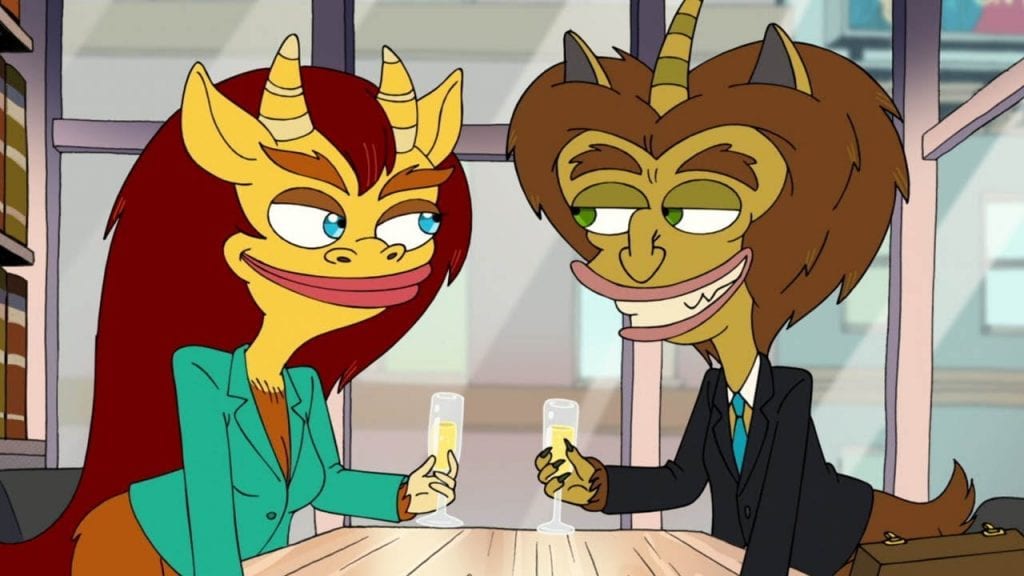
The brilliance of “Big Mouth” is how it creates characters that represent emotional experiences we all share—and THEN, nails the landing. For example, Shame Wizard.
This show juggles humor and empathy to create totally endearing storylines, memorable characters, and zingy one-liners I’ll annoyingly repeat to my husband for at least three more months.
“LUCKY MALALA!”
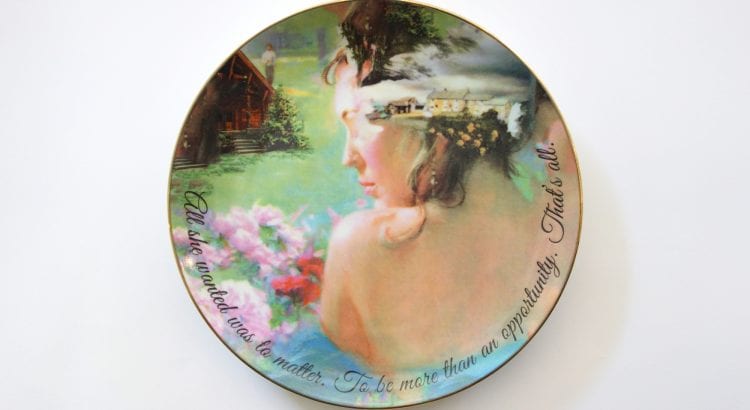
Sophia Brueckner is an artist-engineer whose work offers a warm but unsettling bird’s-eye view of where technology, science fiction, and humanity often meet.
A former software engineer at Google, Sophia brings an exciting perspective to her artwork—a comprehensive understanding of how tech works with an unquenchable curiosity about how future tech might—and encourages ethical standards in designing new technology. At the University of Michigan, for example, she teaches courses such as “Science Fiction to Science Fabrication,” which combines sci-fi imagination with practical invention.
Her ongoing series, Captured by an Algorithm, is a confluence of all of the above… plus, writing and romance novels, so, you know, sign me up.
The project is composed of commemorative plates (such a strange human endeavor when you really think about it, right? Commemorative plates… like, why plates?); on these plates are dreamy landscape collages pieced together by the Photoshop Photomerge algorithm. The algorithm determines what scans of popular romance novel covers are similar and makes an image based on its decision. Voila, a plate.
Then, because these weren’t weird enough yet, each plate’s collaged artwork is stamped with a sentence from a romance novel, selected based on the number of times readers have highlighted it using Kindle Popular Highlights. (Kindle Popular Highlights are the lines in ebooks that readers highlight most often. You can see the lines other readers have highlighted when you read a Kindle ebook, helping you feel validated when a line you like is liked by others, or perhaps making you feel some insecurity if that popular line meant nothing to you until you saw how much it meant to other readers.)
What I love about Sophia’s work is that it is so uniquely and, I think, lovingly, explores how humans connect in modern leisure-fueled spheres, fluctuating between impersonality and deep resonance with another human by way of technology.
This series makes me think about how we “find” each other in a digital age. Romance novels inherently worship love and glorify that final moment of titillating connection/ climax, but they are also things we read alone—even when we’re reading it on a Kindle and highlighting a passage where others before us have lingered. Thus, these plates, especially when hung together like trophies of human desire as organized by a computer program, feel pretty and nonthreatening (even funny sometimes!) but ultimately disjointed and cold.
It’s not that hard to imagine these plates hanging in a dystopian future’s museum, commemorating the once-great human species and how they loved.
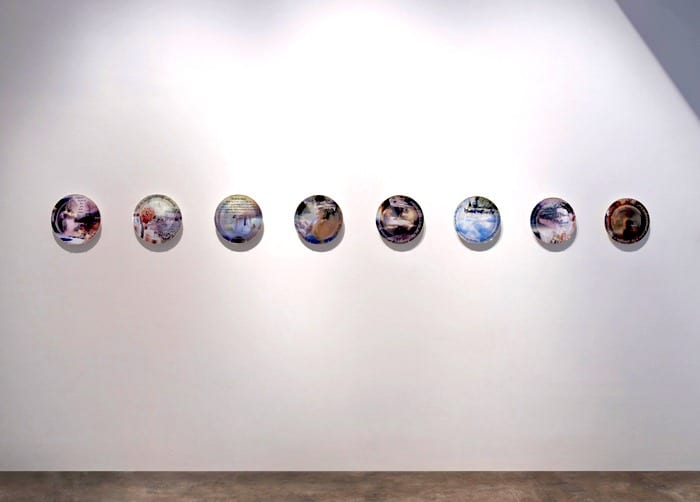
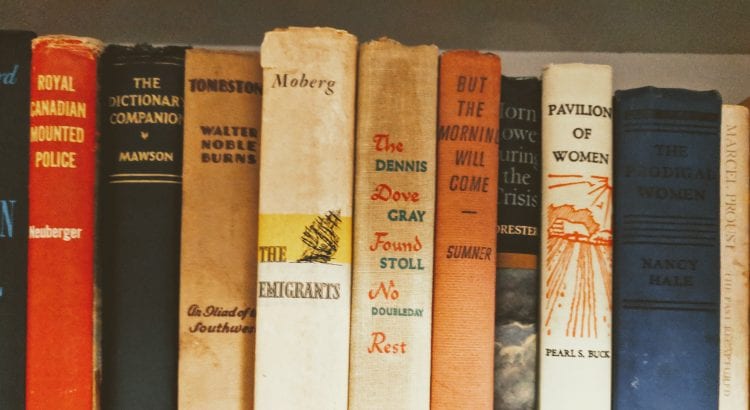
If you’re getting bogged down but you’re not sure why, former Wall Street Journal editor Shani Raja suggests physically changing the copy.
Then when I look at it, I feel like I’m looking at a new document. Suddenly I’m able to get a perspective on it I didn’t have, and I read through and I can feel some of the problems. … Make a physical change that gives you a fresh view of what’s happening.
Shani Raja for Udemy
Such as:
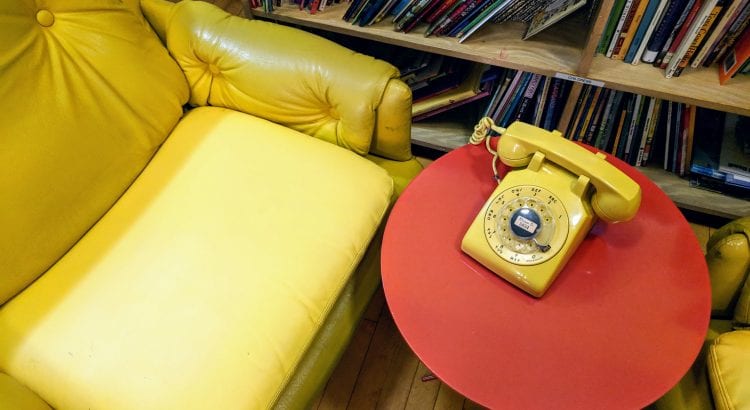
I know the saying goes:
“If these walls could talk!”
But what about all the old phones?
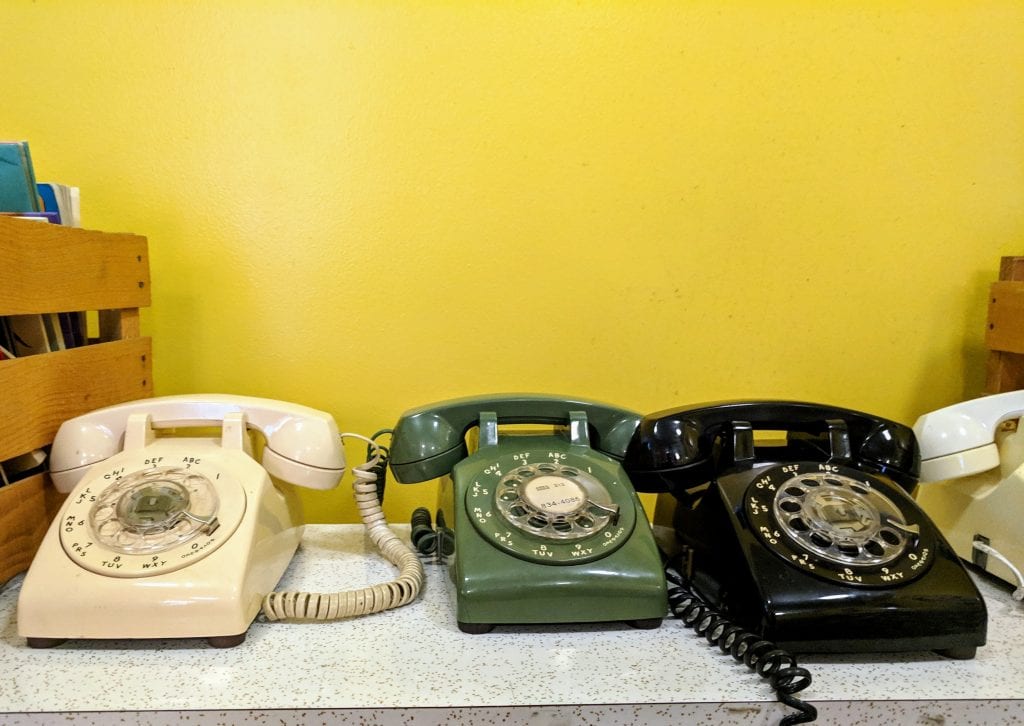
And if being a fly on the wall was an option…
I’d rather be a spider.
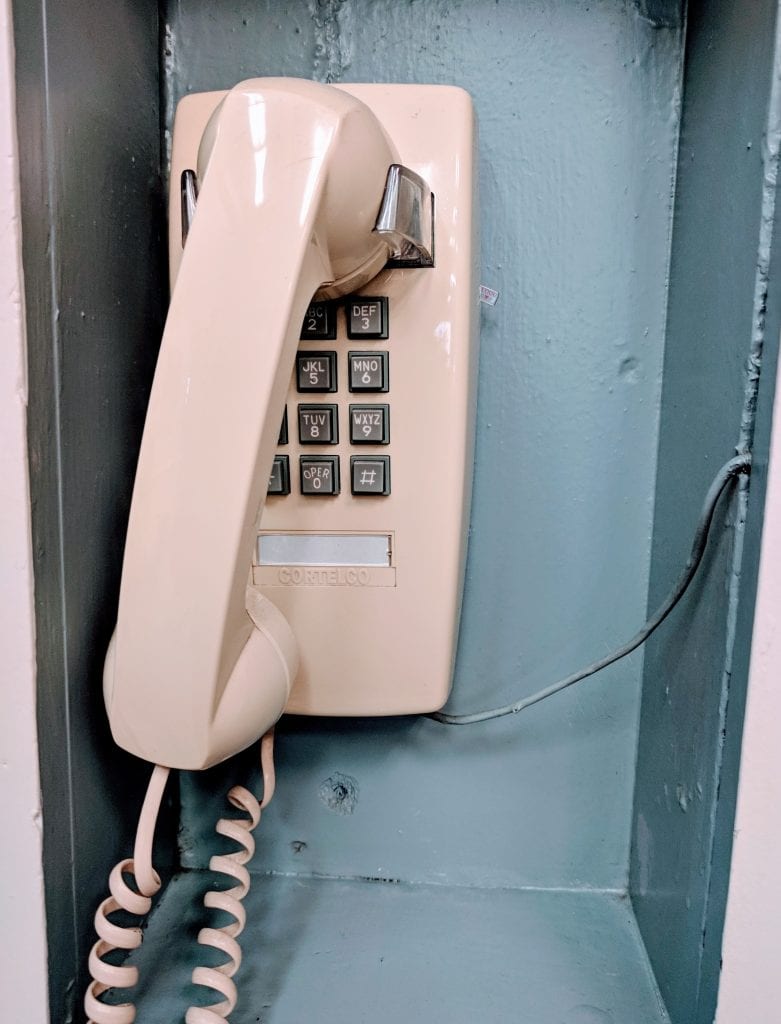
During the holidays, I love to send Christmas cards to my family. Immediate family only because, like a wedding guest list or an AIM friend list mid-growth spurt, holiday card rosters can fill up quickly if boundaries aren’t put firmly in place.
But I’m always left scrambling to find their addresses. Yes, addresses I’ve sent postcards and photos and newspaper clippings to a million times. Grrr. Why don’t I ever save them? It’s the same routine: Search, sweat, ask, receive, praise be, write, mail, move on to other shiny things, repeat in two months.
It seems rude at this point to keep asking my grandparents and siblings for their A/S/L (address, street, location) when they haven’t moved in years.
I refuse to load the addresses into my phone, which would be the smartest thing to do, but that just feels so cold and impersonal. Instead, I want to be the kind of woman with an address book. Because that feels like it would be lovely.
Oh, now, don’t be so surprised at my motives.
I am, after all, a Pisces.
This one feels almost right:

I like this one, too:
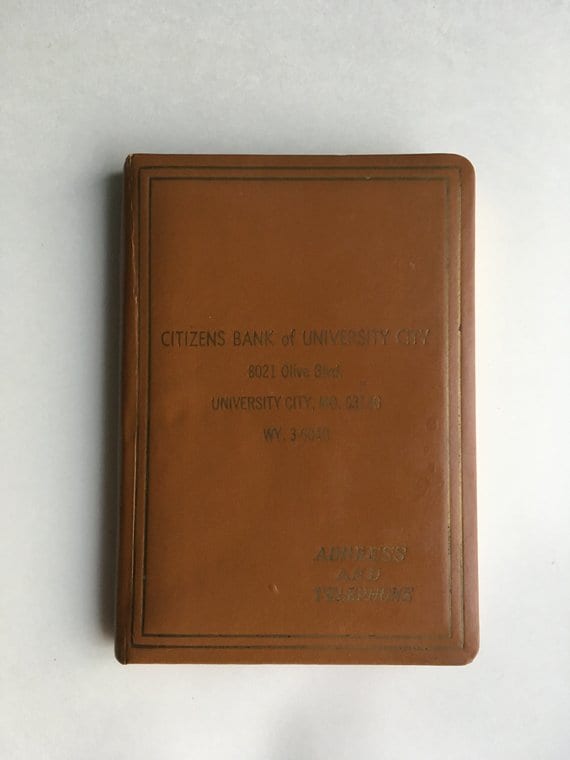
Well, this is just fun:
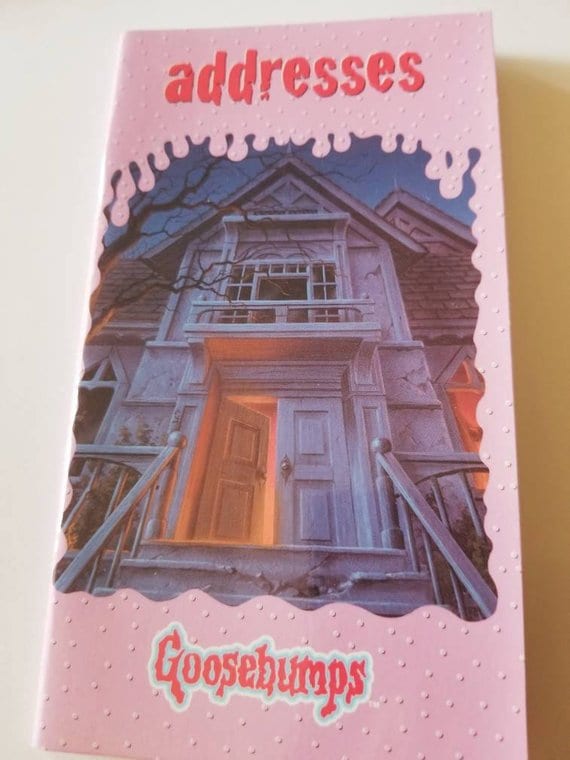
Ah, found it. This… is the one:

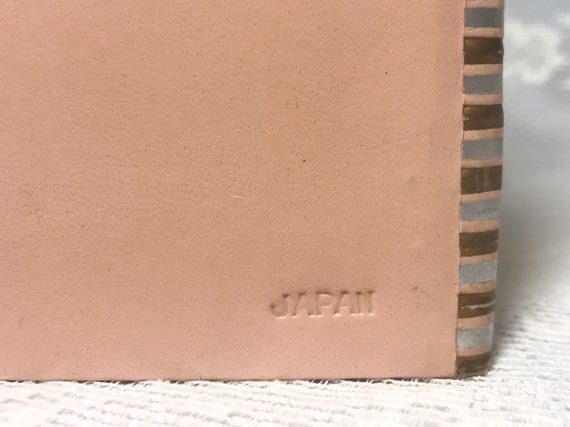
Reader, I bought it.
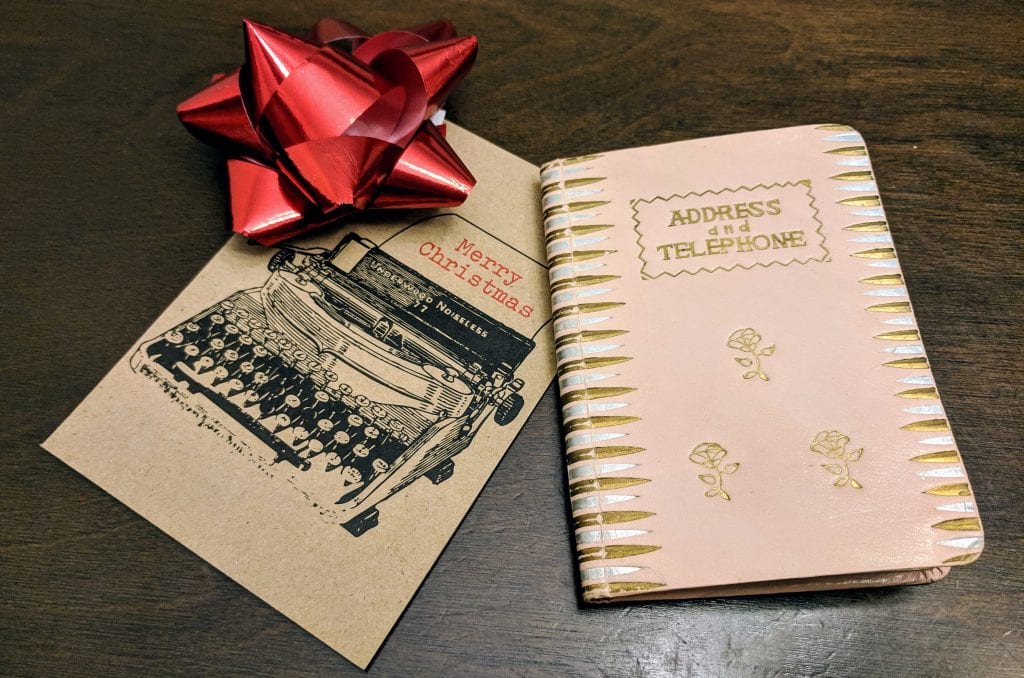
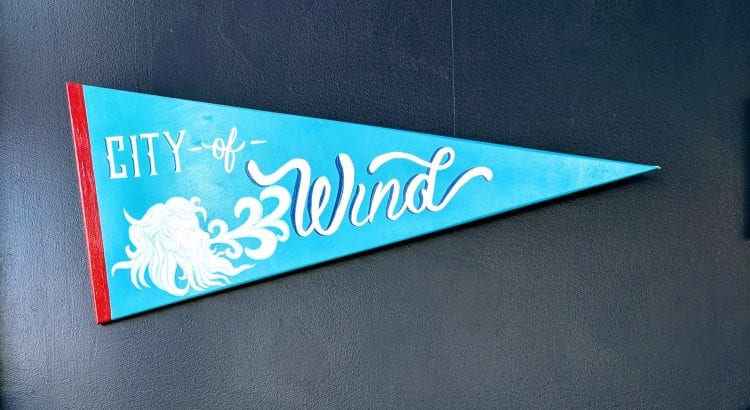
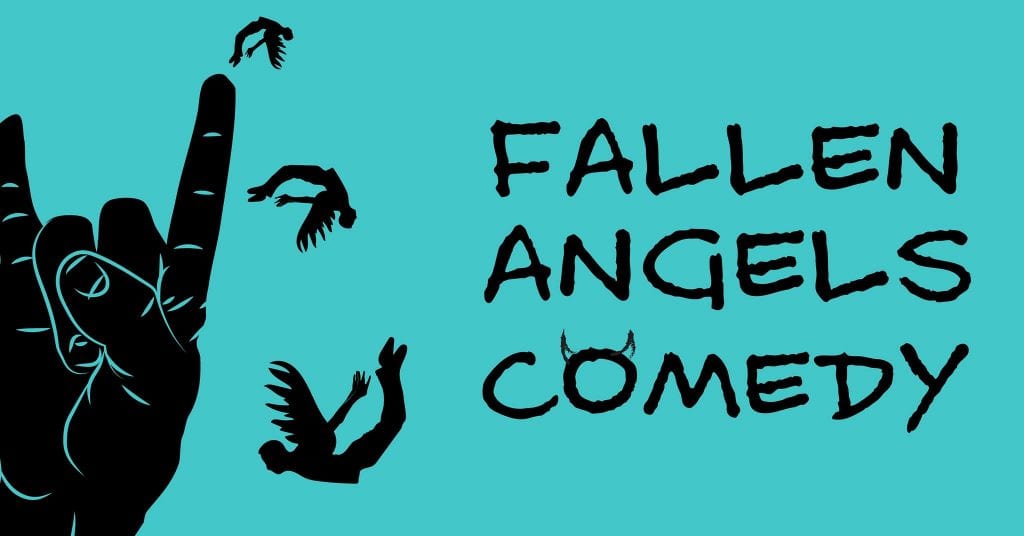
Today (Saturday, Dec. 15) at 8 p.m., come see me on the holiday-themed lineup of Fallen Angel storytellers at DMen Tap (2849 W. Belmont Ave., Chicago)!
I’m excited to be included on this awesome showcase. I’ll be performing a story about my leading role in the third grade school Christmas play. AKA my glory days… that ended in bittersweet disaster.
In honor of tonight’s show, here are three of my favorite well-told sad holiday stories. Because let’s be honest, this time of year can be kind of a bummer sometimes, and witnessing other people’s grief can often help you feel not so alone in yours, you know what I mean?
This is the story that made me fall in love with Bill Burr (though his brutal bit about lady brunchers and craft fair shopping certainly helped). It reveals the hurt kid inside the seething comedian, and I love that Bill, someone who brilliantly wields comedy as a defense, let us see and experience that with him. It was filmed at the U.S. Comedy Arts Festival in February 2003.
Bonus: In the veterans parade episode of the new “F is For Family” season, Frank (the dad) yells at Bill (the boy) that if he doesn’t shut up, he’s getting a doll for Christmas. So, thanks for that little Easter egg too, Bill.
Fun fact: The secret ingredient to good eggnog is salt from your tears! Judy’s voice on this is sure to melt them out.
I love this book so much, and I think you/everyone should read all of it. But her essay titled “Waiting” is particularly heart-warming/heart-wrenching right now. It’s about her mother passing away from cancer around Christmastime. Here’s an excerpt, seen from her mom’s hospital bed as carolers circle round to sing (Linda is Jo Ann’s sister):
Jo Ann Beard, excerpt from her essay “waiting” in “The Boys of my youth”
“Linda hesitates and then opens the door, gestures for them to step in. We move to the head of the bed and stand like cops with our arms folded, trying to smile. They finish one song and all look expectantly at the lady with the vibrato. She says, Three, and they begin to sing ‘White Christmas.’ This is our mother’s favorite, she used to put Bing Crosby on the turntable when we all sat down for Christmas Eve dinner. It was part of the feast, like the white candles, the clean linen tablecloth, the gleaming china. As she passed the first bowl and our father stood to carve they would sing it together, one at each end of the table, softly serenading their children. Our father, in fact, had a wonderful strong baritone just like someone in the crowd of carolers. Suddenly regret is swelling in the room like the voices of the choir. As she lies in the bed, she weeps, for Bing, for the melting, shimmering candles, the filigree on the holiday tablecloth. She is an unwilling astronaut, bumping against the thick glass of the ship, her line tangling lazily in zero gravity, face mask fogged with fear. My sister reaches across, over the bed, and we both embrace the mother, holding her on earth, pulling her onto the ship, breathing our oxygen into her line. Ten hours later she is dead.”